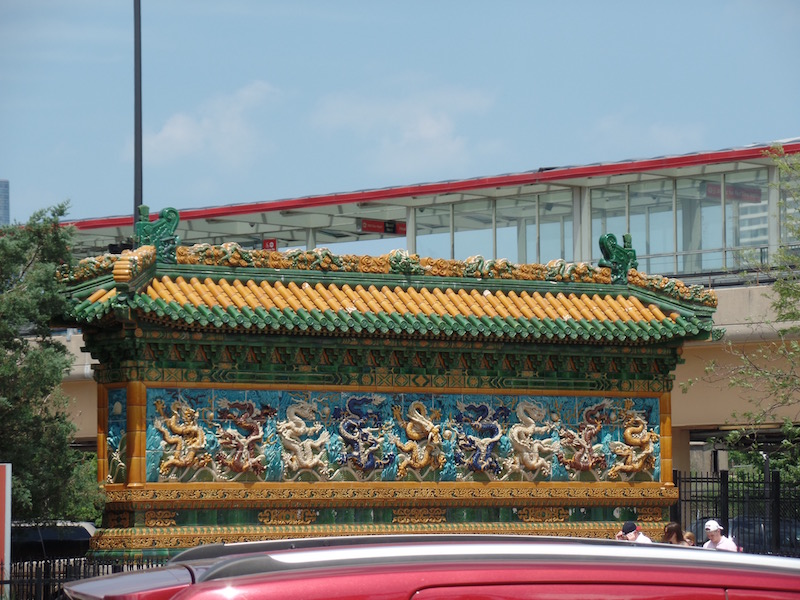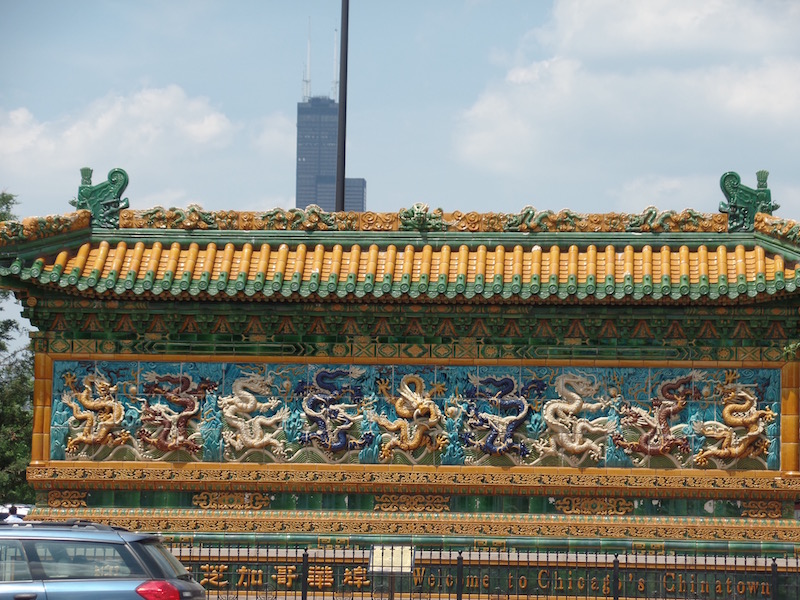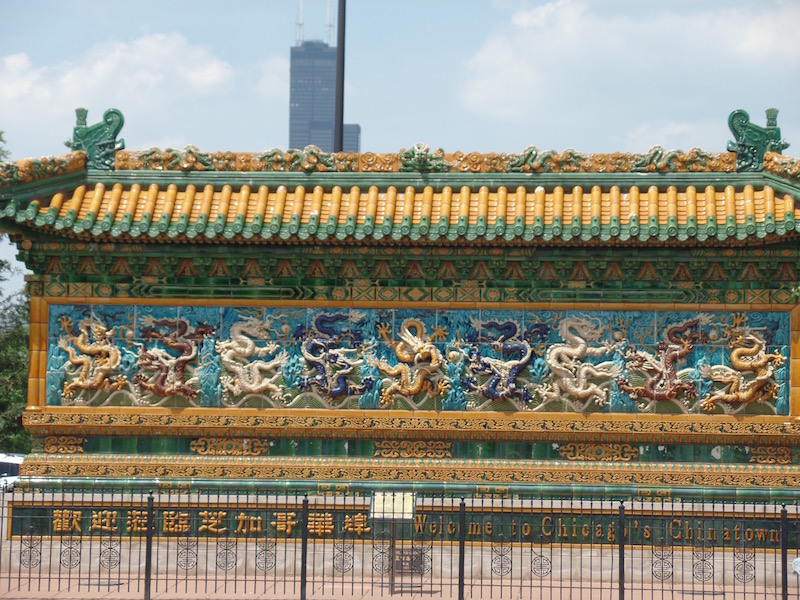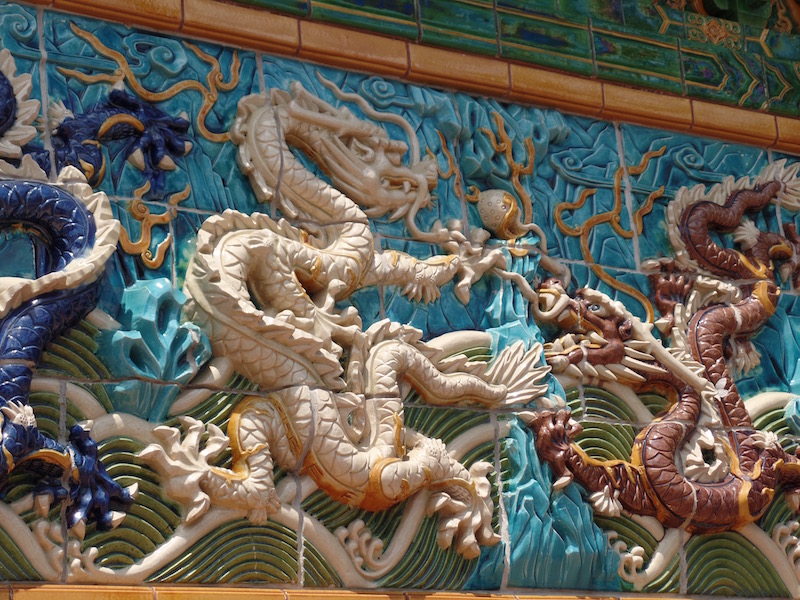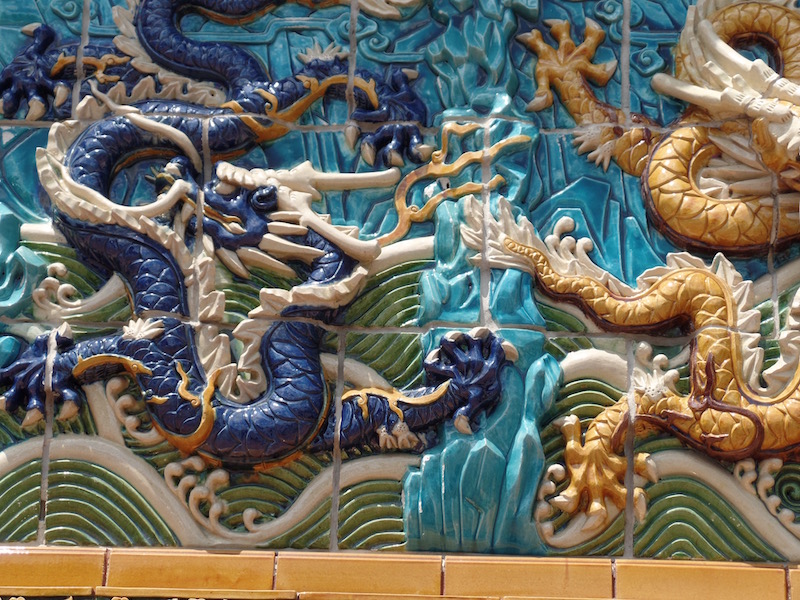Our Blog - Chicago 2016 - Day 3
Last day, Sunday morning. Who would have thought that at 8am there would be people waiting outside of our chosen breakfast place!
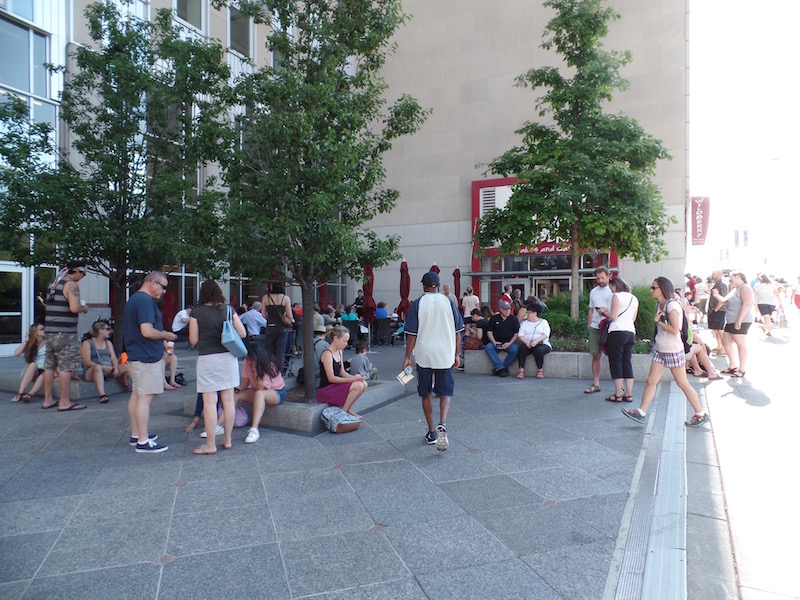
We then took the "L" train to the Damen Station and got out at Wicker Park. Wicker Park, along with adjacent Bucktown, is mostly known today as a place to shop at edgy clothing boutiques or try out the latest hip restaurant. This tour takes you along the residential side streets that many tourists overlook but that testify to the rich history of this neighborhood. Middle-class artisans, mostly Germans and Scandinavians, began settling here around 1870. In the following decades, wealthy families whose foreign roots made them unwelcome along the Gold Coast built luxurious homes here as well. In the 20th century, the neighborhood's respectability gradually declined, and many of the grandest homes were converted into rooming houses. It was not until the 1980s that the distinctive homes here began to be rediscovered and renovated, just as the gritty main streets of Milwaukee and Damen avenues began sprouting new shops and cafes. There seemed to have been a music and beer festival during the weekend evenings, as well as a small farmers market that Sunday morning.
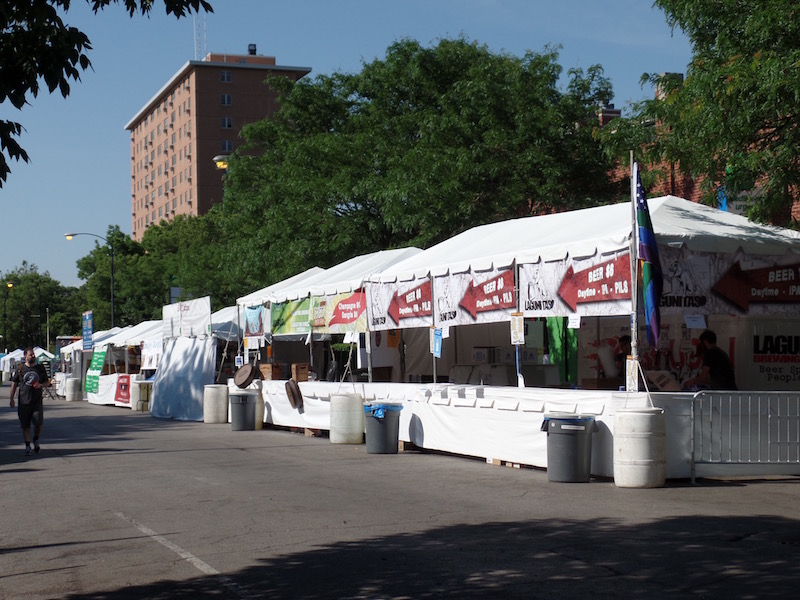
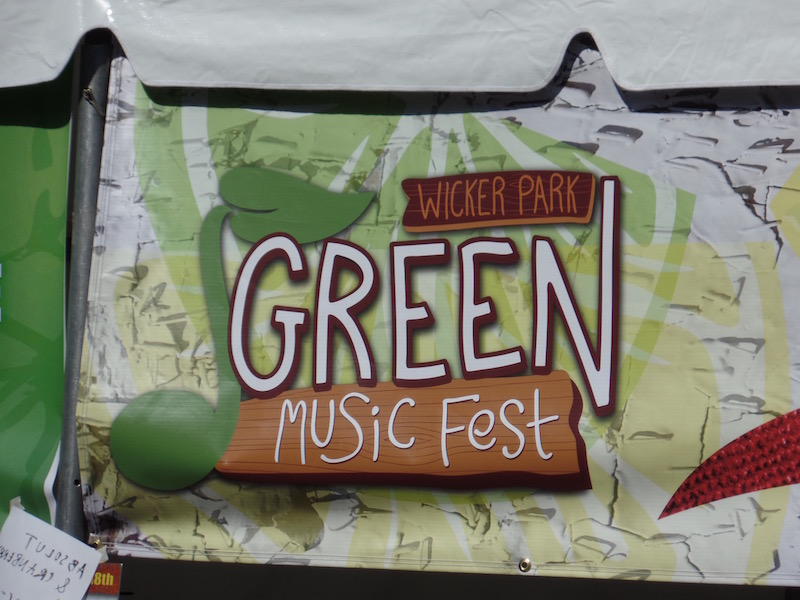
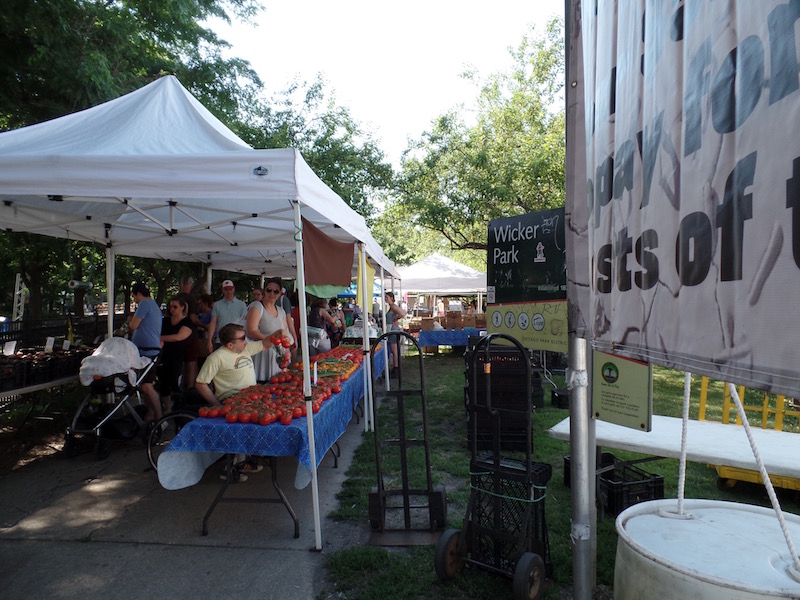
Two brothers who were beginning to develop their extensive real estate holdings in the area donated this land to the city in 1870, hoping the green space would make the surrounding area more attractive to prospective builders. Unfortunately, little remains of the 19th-century landscaping, which once included a pond spanned by a rustic bridge. The fountain in the middle is quite nice, however.
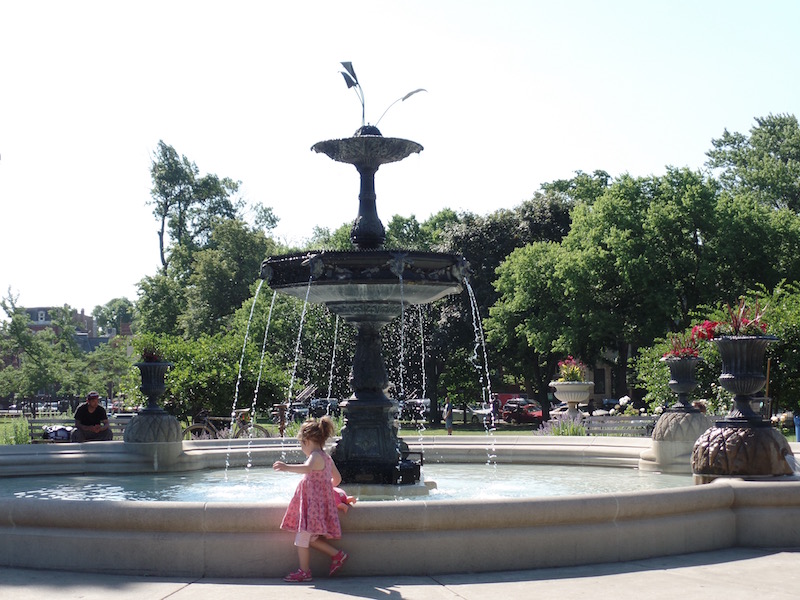
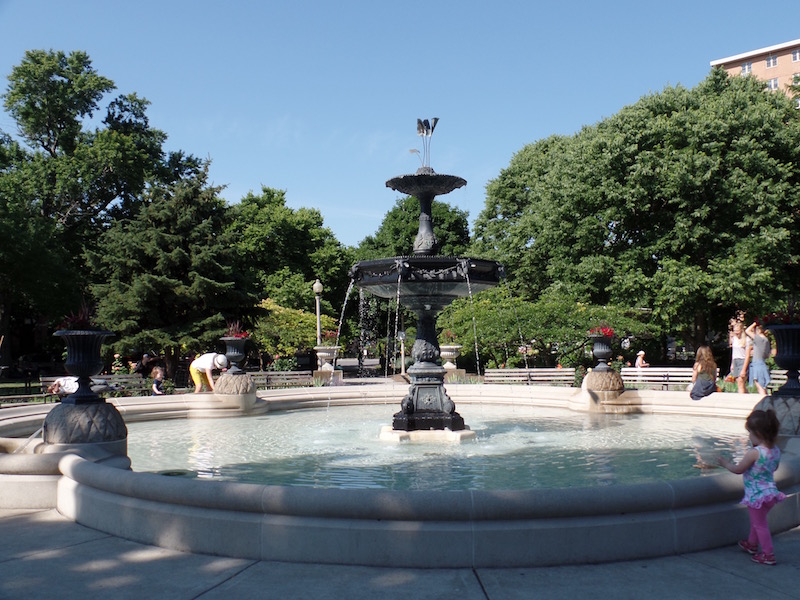
Built in 1886 for a ship's captain and a medical doctor, this double home reflects the fashionable Second Empire style. The building became a rooming house in the 1920s but has been restored to its original style. Note the lively Victorian colors of the cornices, tower, and trim. Other distinctive features are the large mansard roof and the decorative saw-toothed pattern in the brickwork.
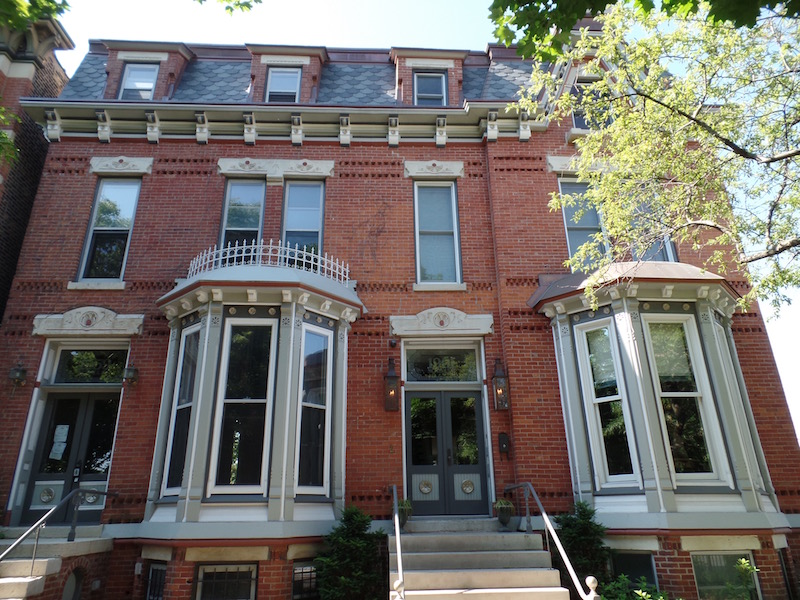
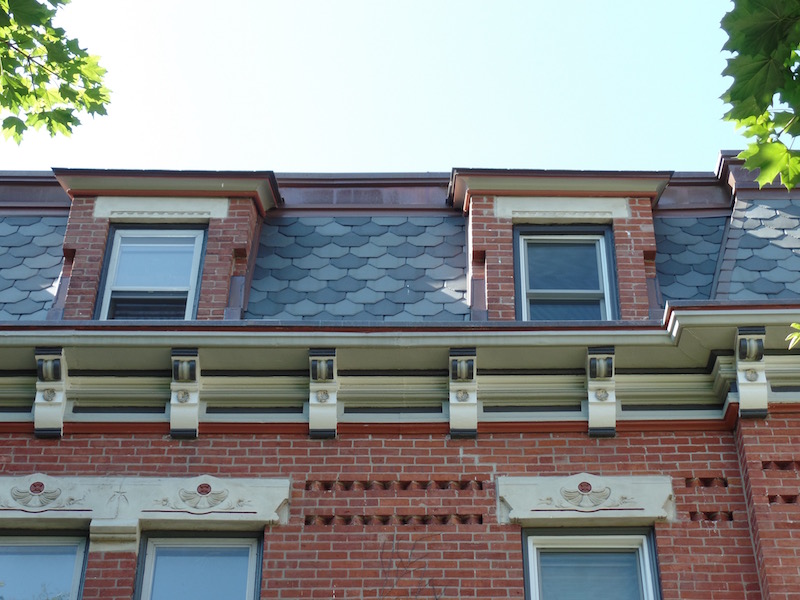
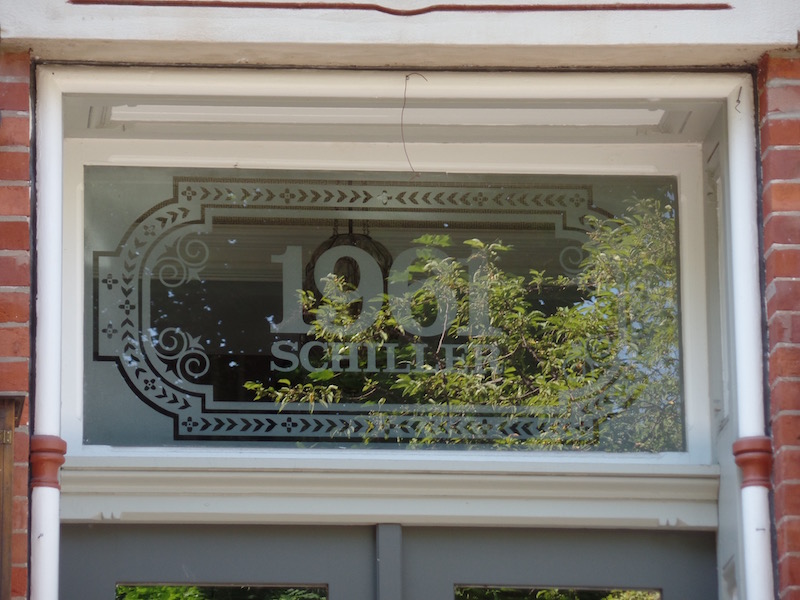
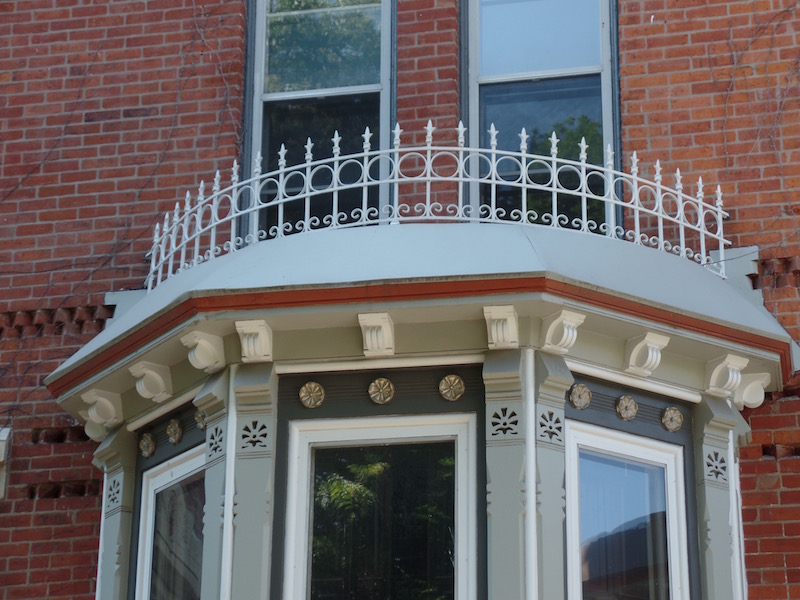
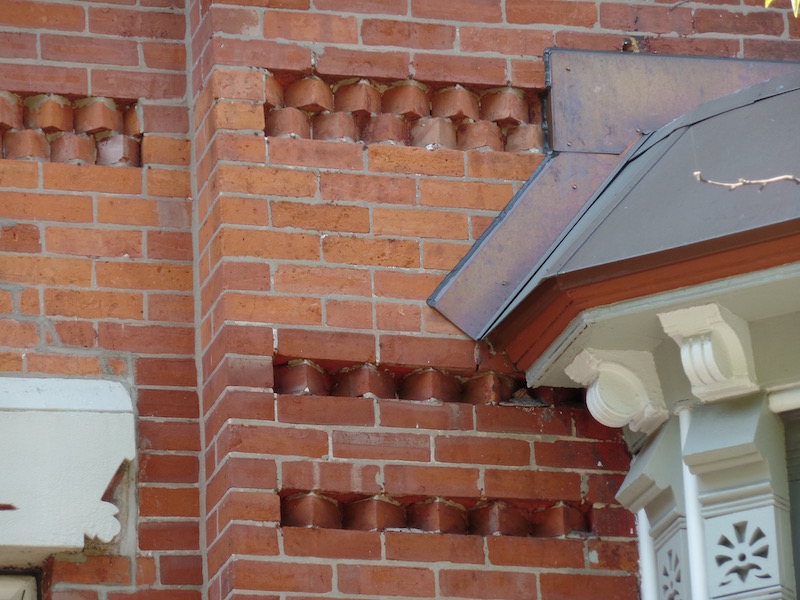
Built for clothing manufacturer Harris Cohn in 1888, this home is also known as the Wicker Park Castle (and you can definitely see why). Essentially Queen Anne in design, its limestone facade made it pricier and more luxurious than its neighbors. Granite columns were polished to look like marble, and a turret rests on a shell-shaped base.
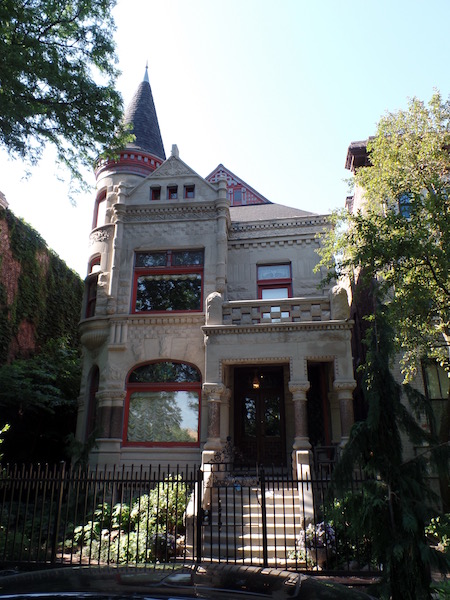
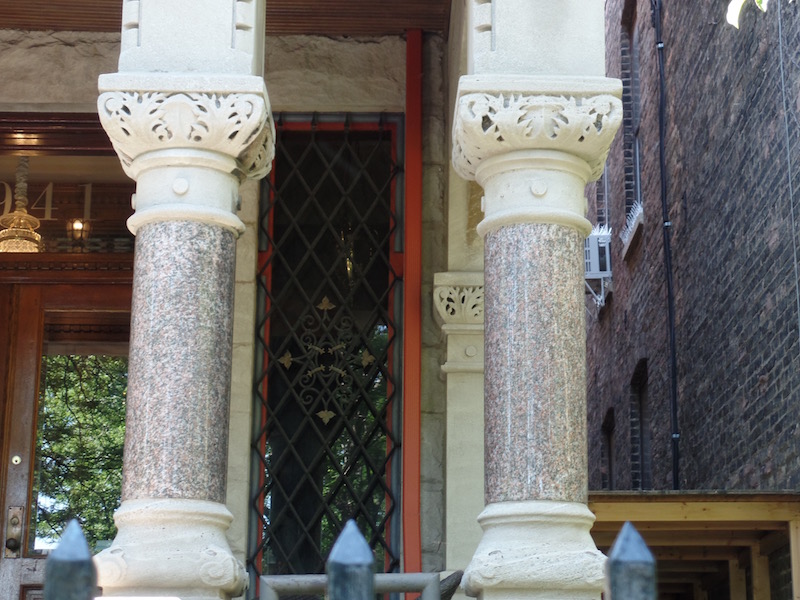
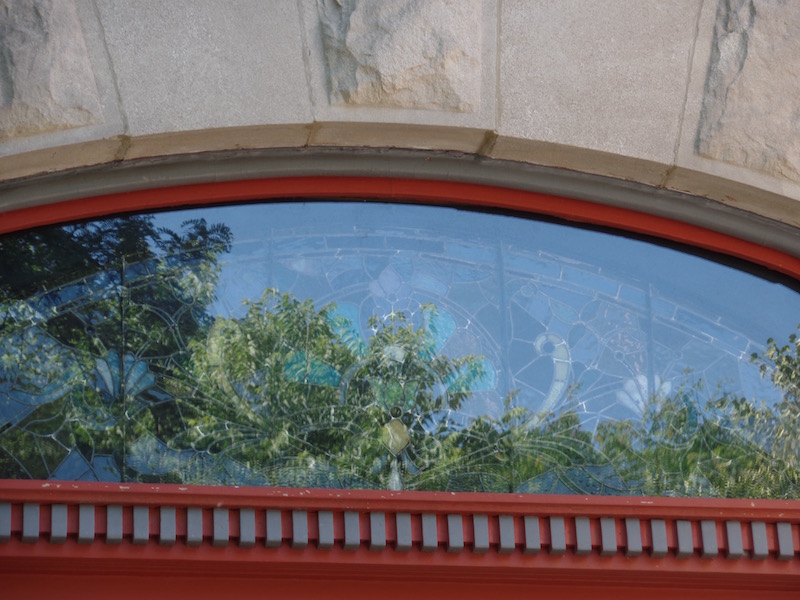
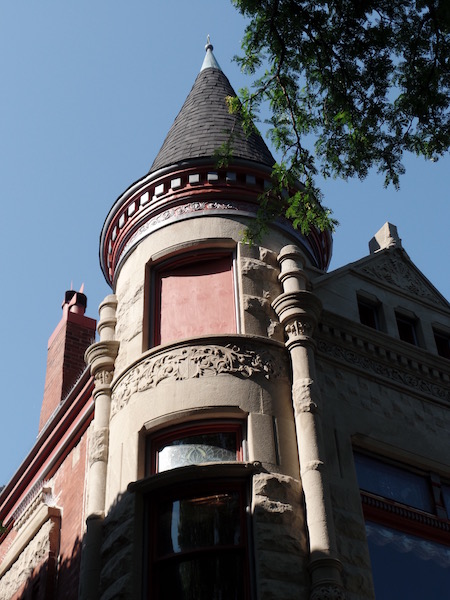
Novelist Nelson Algren lived in a third-floor apartment here from 1959 to 1975. After he was caught stealing a typewriter in 1933, Algren spent 3 months in jail. This experience, which brought him in contact with criminals, outsiders, drug addicts, and prostitutes, was a strong influence on his work. Algren is best remembered for his two dark novels of the urban semiunderworld, A Walk on the Wild Side and The Man with the Golden Arm (which was set near here, around Division St. and Milwaukee Ave), and for his tough but lyrical prose poem Chicago: City on the Make. It had some really nice decorative work around the windows.
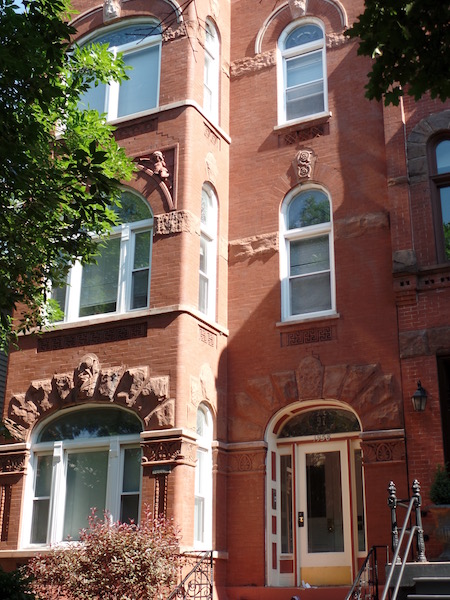
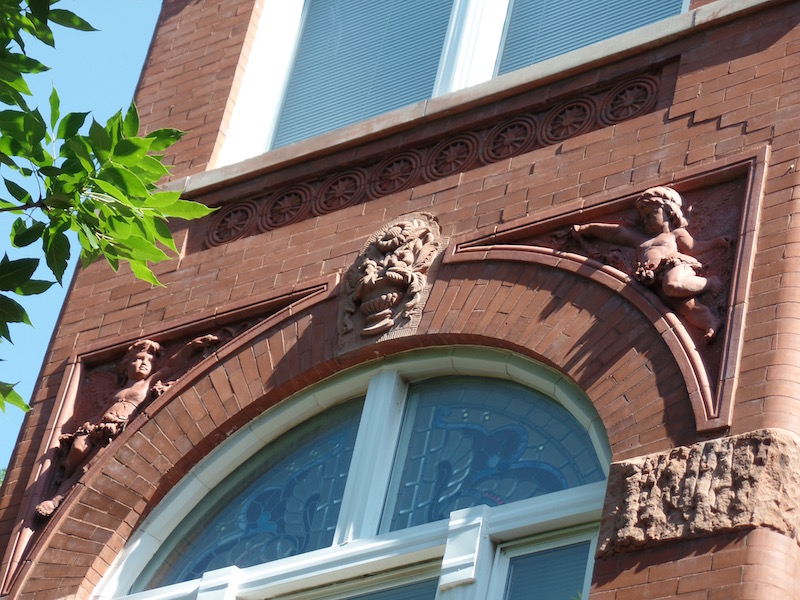
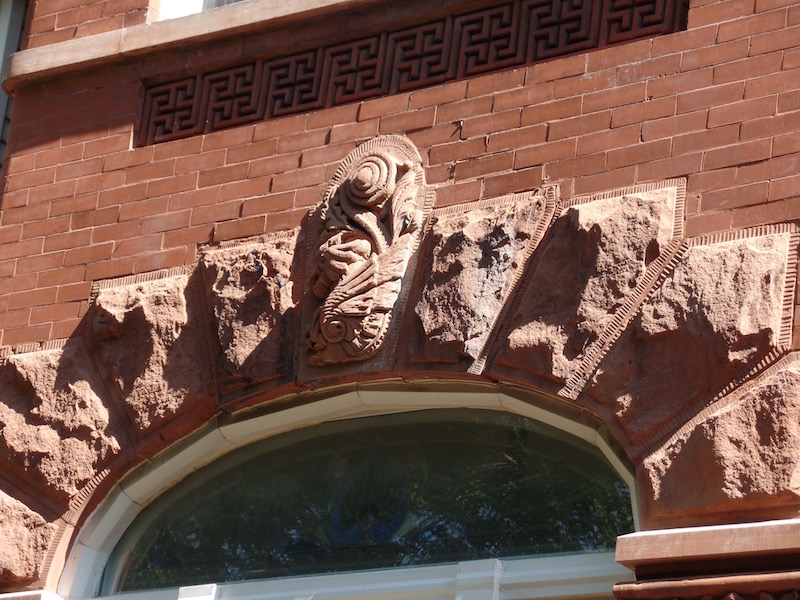
Built by German wine and beer merchant John H. Rapp in 1880, this was the largest single-family estate in Wicker Park at the time. The original coach house, behind the mansion, is now a separate residence. This was not a happy home. Mrs. Rapp went insane, a son was convicted of embezzlement, and Rapp was murdered by his female bookkeeper. The home itself is of Second Empire style, with a large, curved mansard roof. The original wrought-iron fence defines the boundaries of the original grounds.
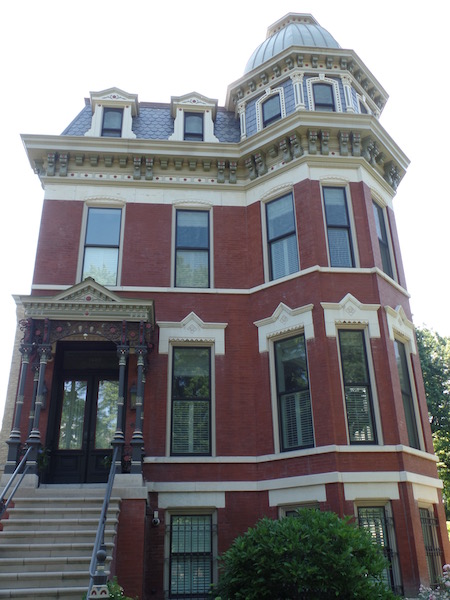
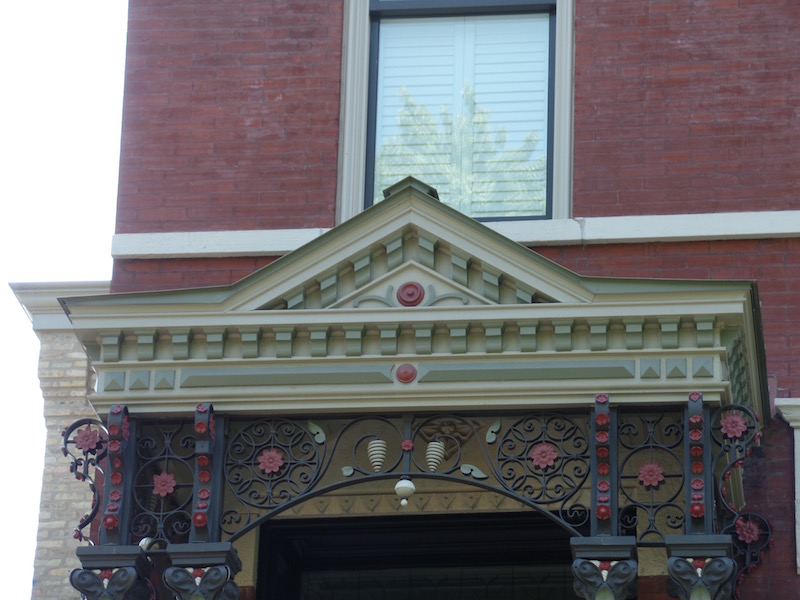
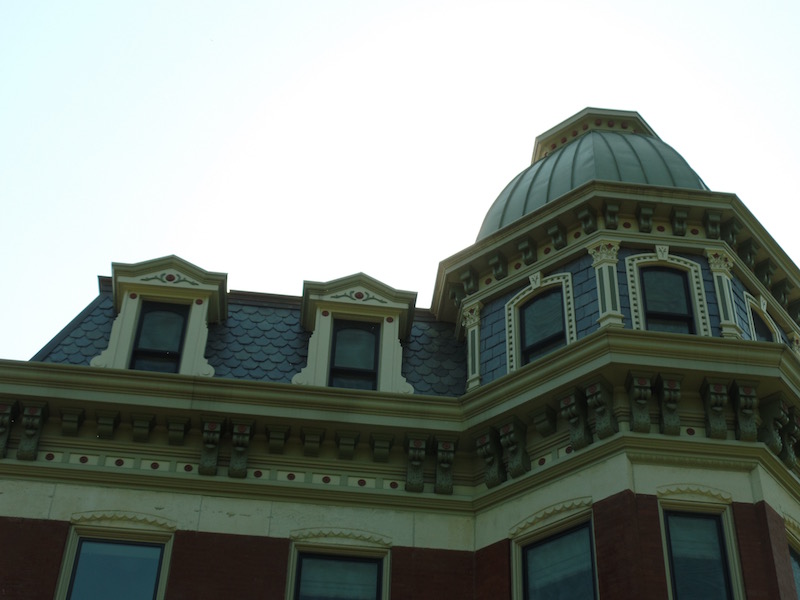
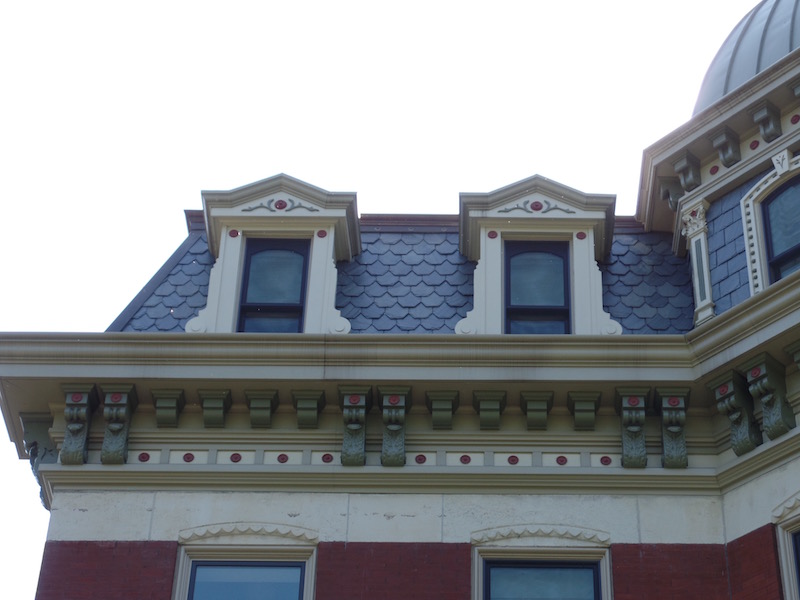
This is a good example of a worker's cottage, a reminder that in these immigrant neighborhoods, artisans and their patrons often lived side by side.
The Wicker Park Luthern Church is the city's oldest Lutheran church. It was modeled from plans of Holy Trinity Church in Caen, France, dating from the 12th century. The stone for this Romanesque structure was recycled from a demolished brothel. When one of the scandalized parishioners protested, the pastor remarked that the building material "has served the devil long enough; now let it serve the Lord".
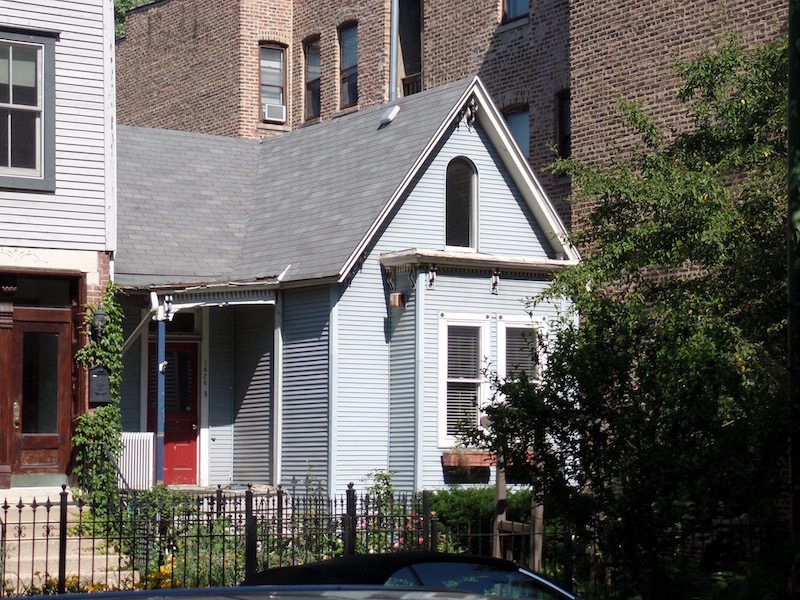
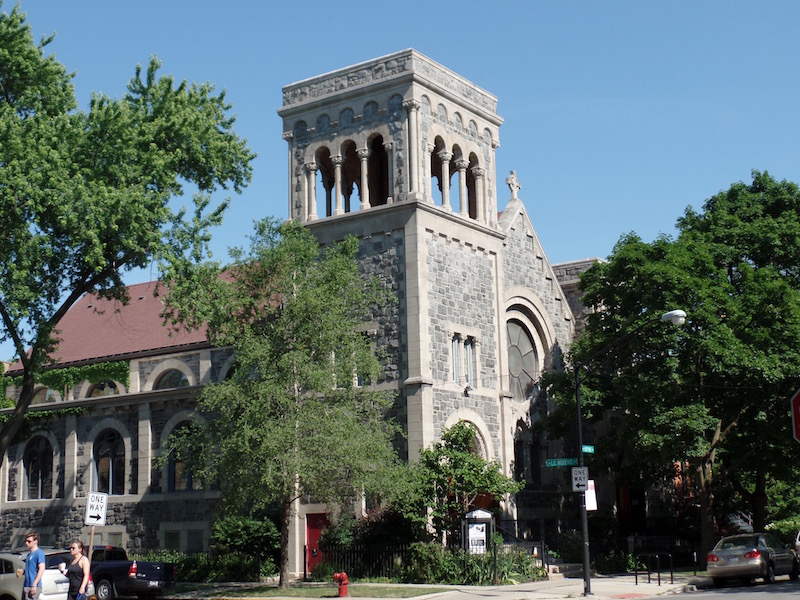
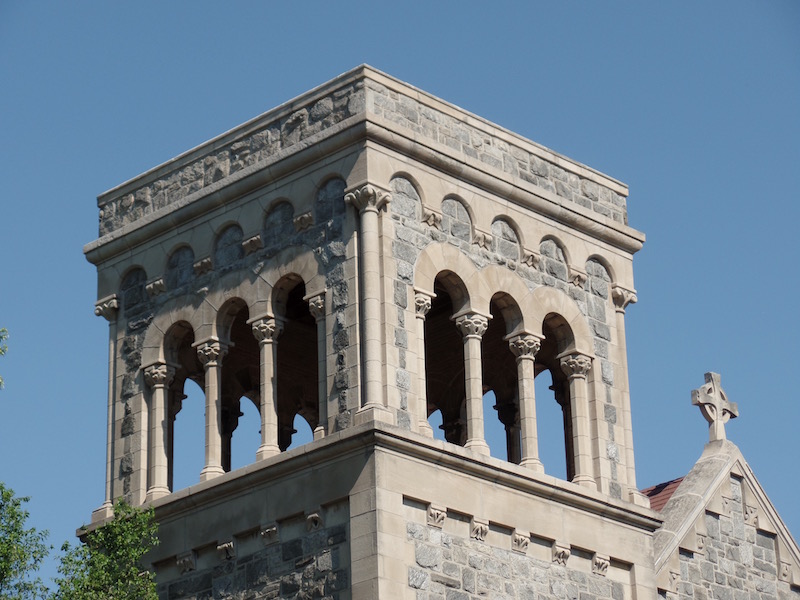
The building permit for this Queen Anne-style home was issued in 1877, making it one of the oldest homes in the area. It was built for C. Hermann Plautz, founder of the Chicago Drug and Chemical Company. Ever conscious of the Great Chicago Fire, the builders created all the decorative trim on both towers, the cornices, and the conservatory of the south side from ornamental pressed metal. The seemingly misplaced cannon in the front yard is a relic of the years (1927-72) when the building housed the local American Legion.
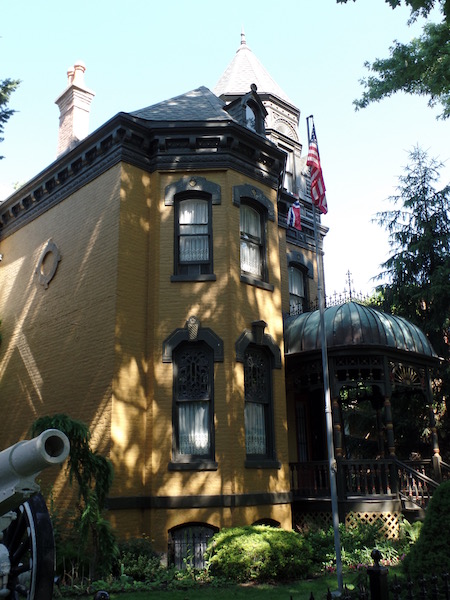
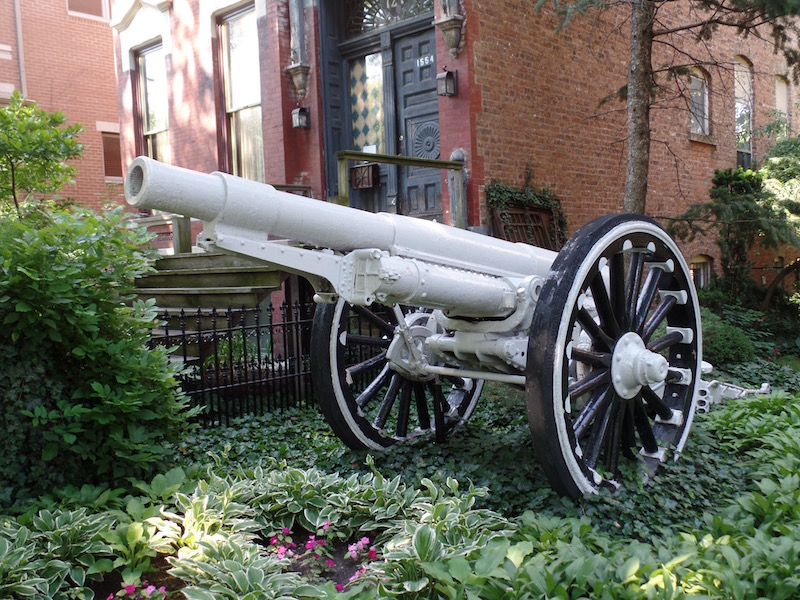
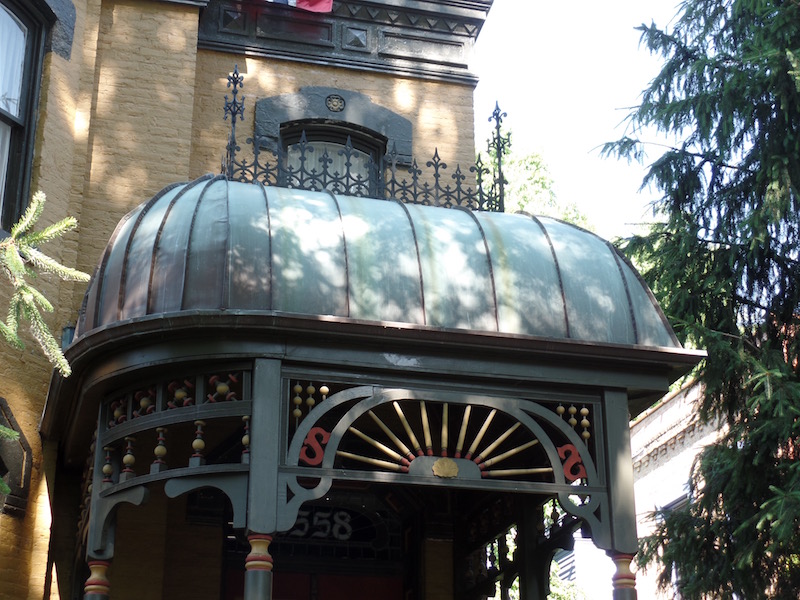
This well-preserved gem is one of the highlights of historic Wicker Park. Built for the German businessman Hermann Weinhardt in 1888, it's a fanciful combination of elements that defies categorization. Notable details include the elaborate carved-wood balcony and the unusual juxtaposition of green stone and redbrick limestone around the large front window. The large lot used to be flooded in the winter for ice-skating. And around Father's Day, the sheep in the yard are dressed up in hats and ready for Dad's favorite sporting activities.
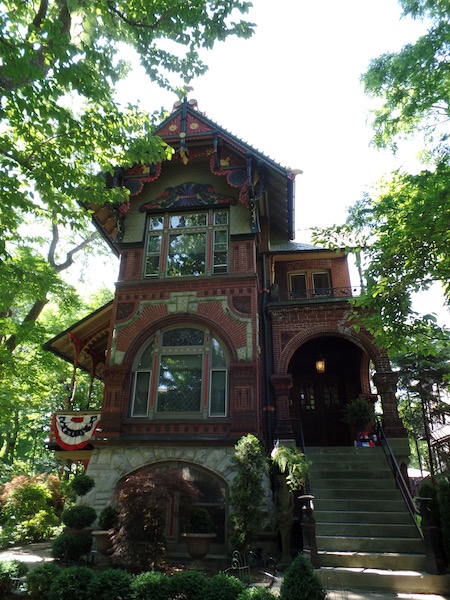
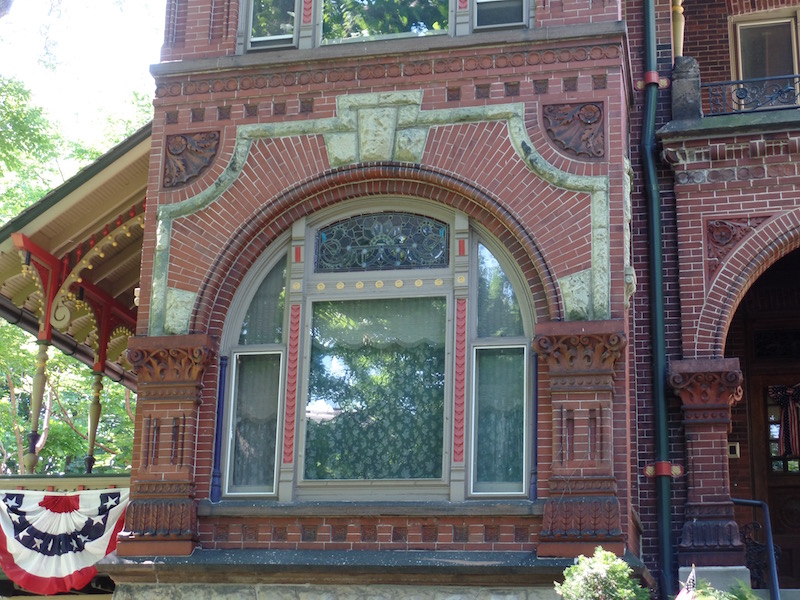
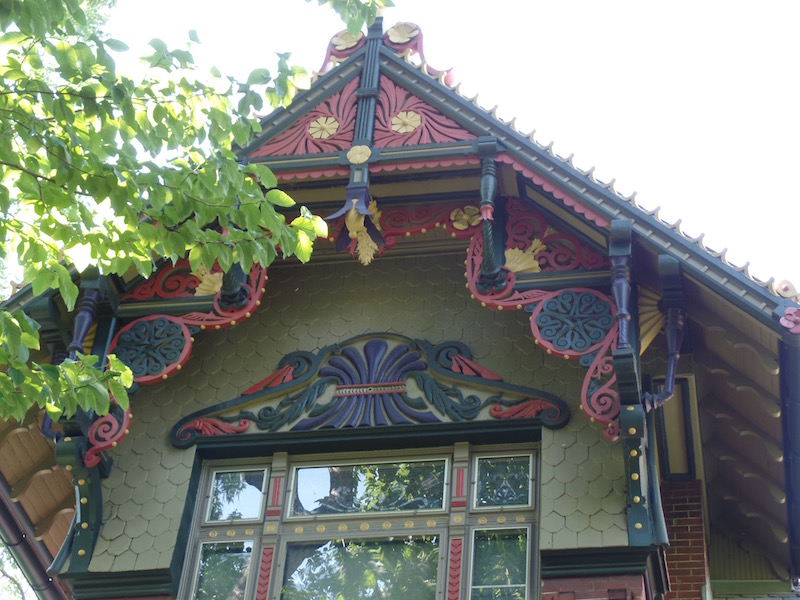
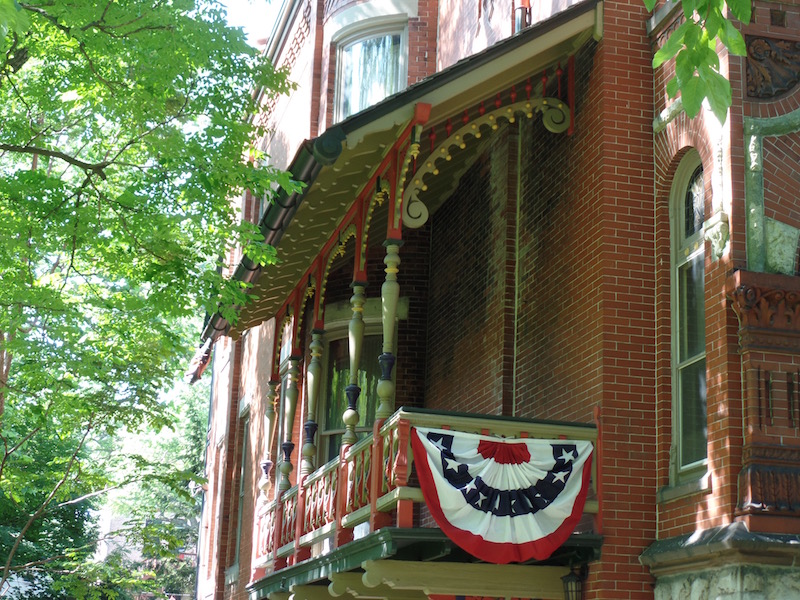
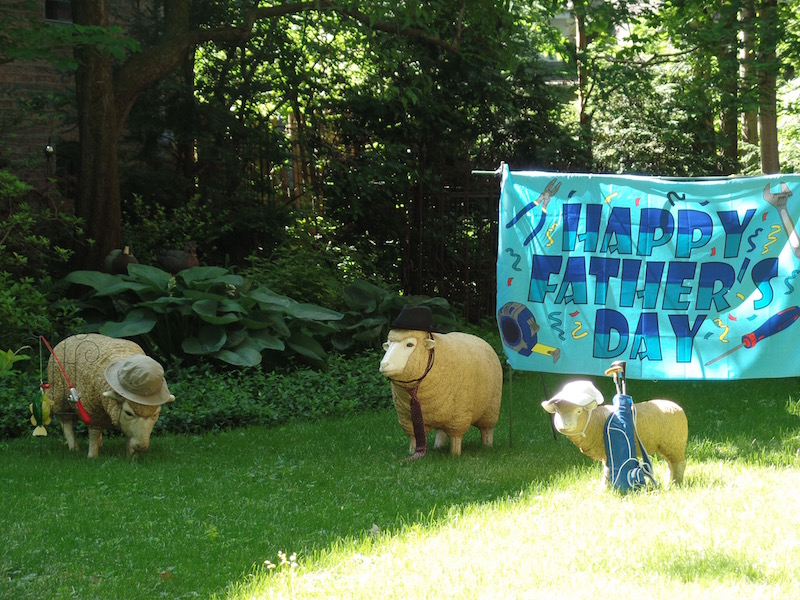
The original owner of this home, Hans D. Runge, was treasurer of a wood milling company, so it's no surprise that elaborate wood carvings characterize the home inside and out; among the unique designs are the Masonic symbols flanking the pair of dragon heads under the rounded arch. A well-heeled local banker and politician, John F. Smulski, acquired the house in 1902, about the time many Poles were moving into the neighborhood. Smulski committed suicide here after the stock market crash in 1929, and the house served for a time as the Polish consulate.
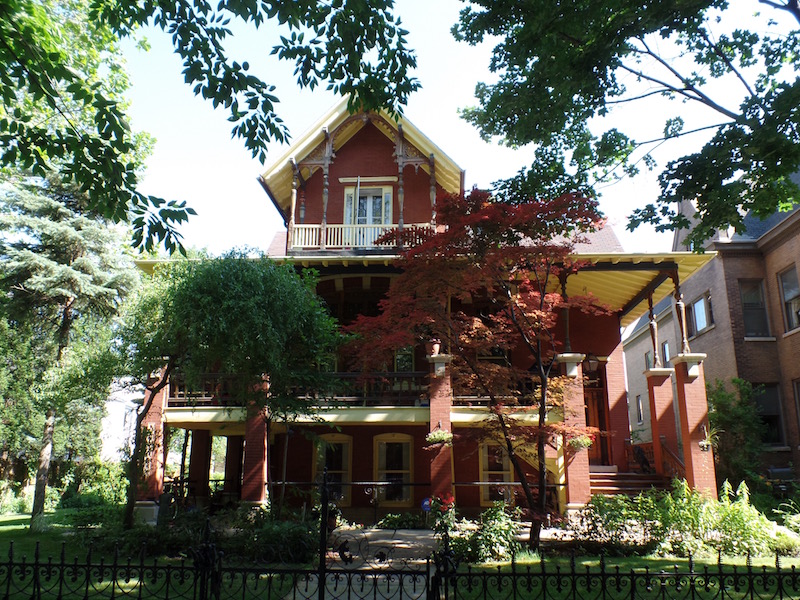
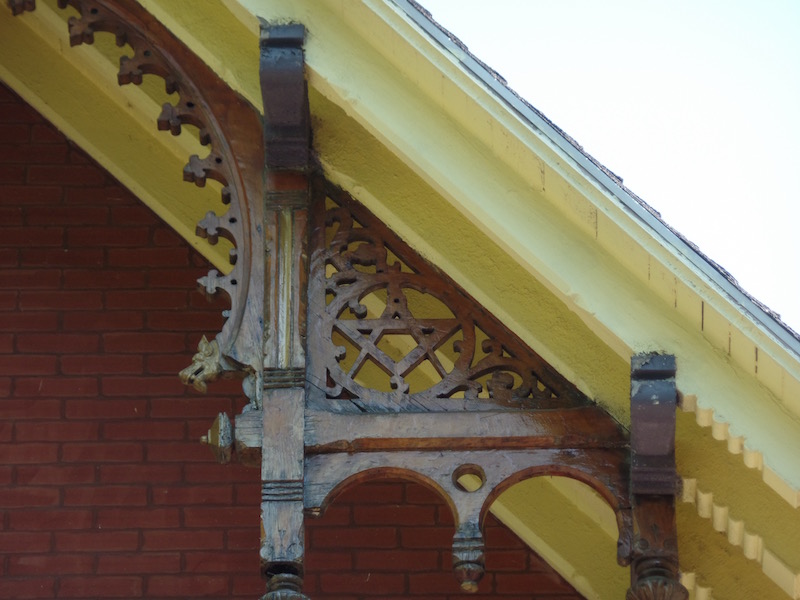
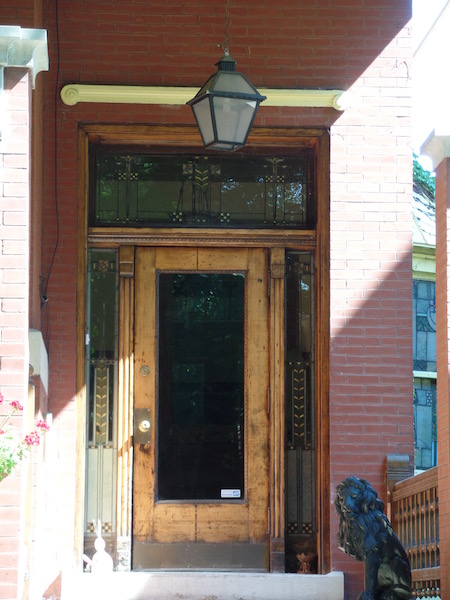
Many of the houses on this street were built in the early 1890s by the same architectural firm, each with its own style. This first is in the German Burgher style.
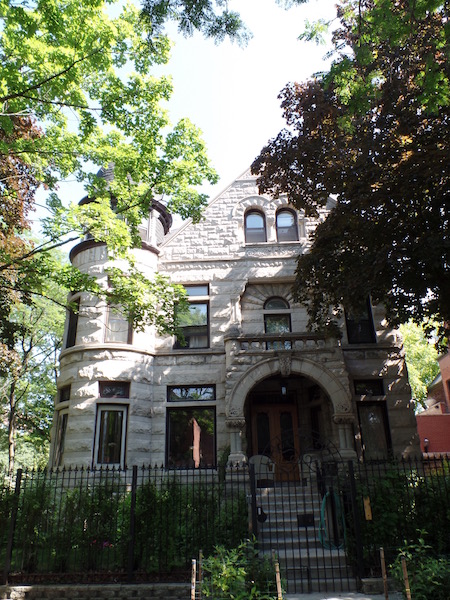
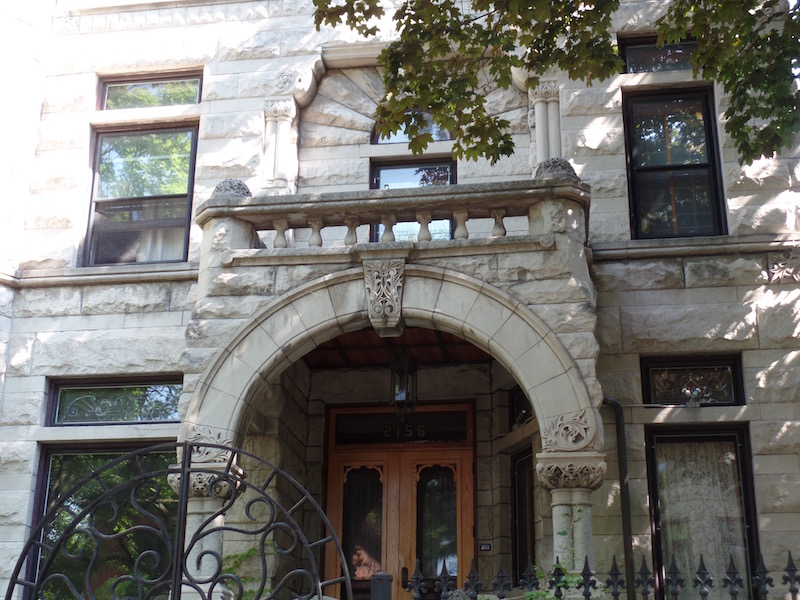
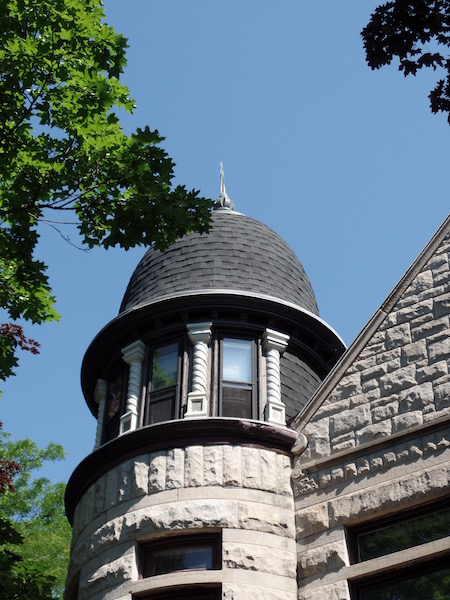
And this is in a Renaissance style.
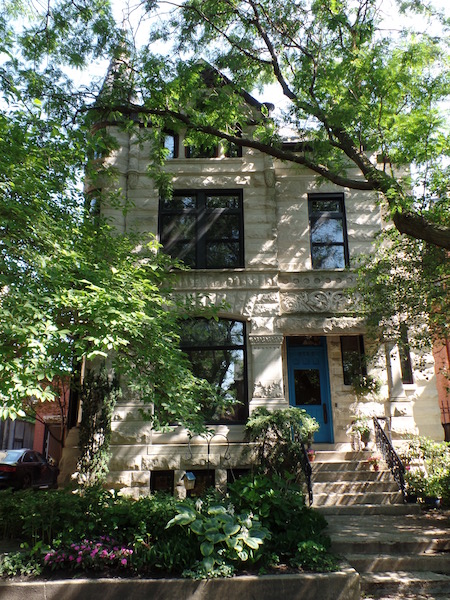
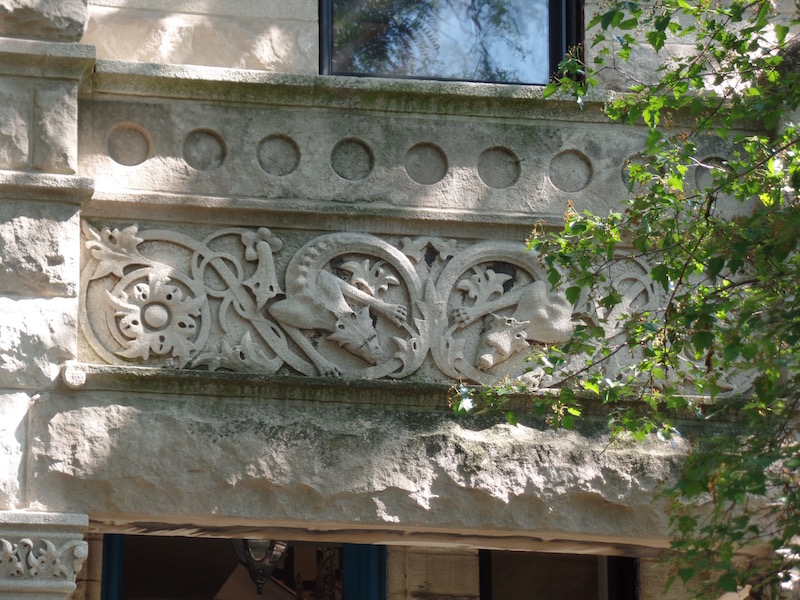
This Classical Revival home was built by the owner of a metal company, hence the extensive metal ornamentation on the exterior. Even the porch has a tin ceiling.
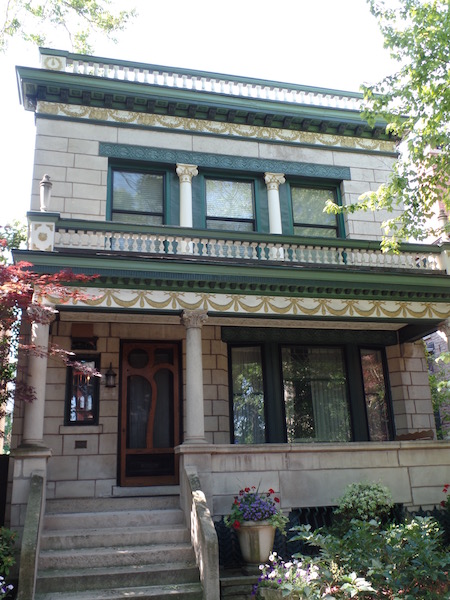
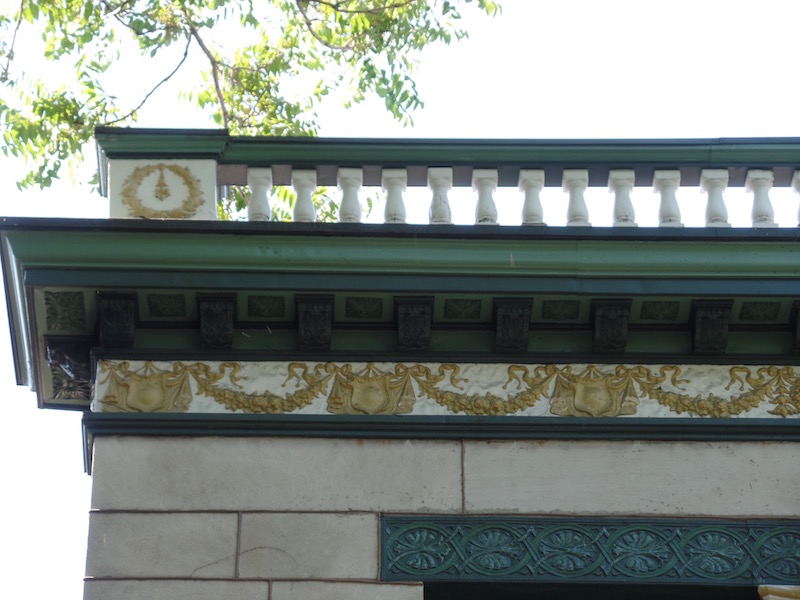
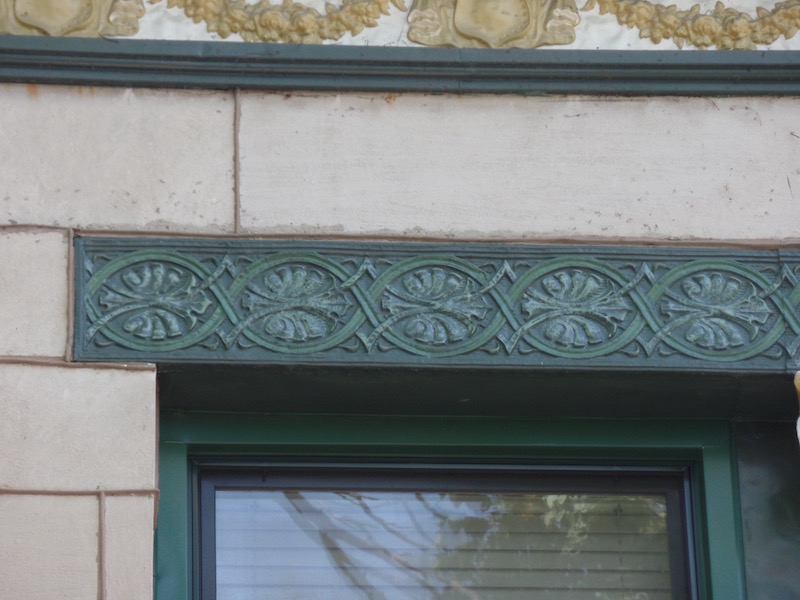
Down a side alley, this building used to house the neighborhood livery stables, where local families kept their horses and carriages. It is now (like many places) .. condos.
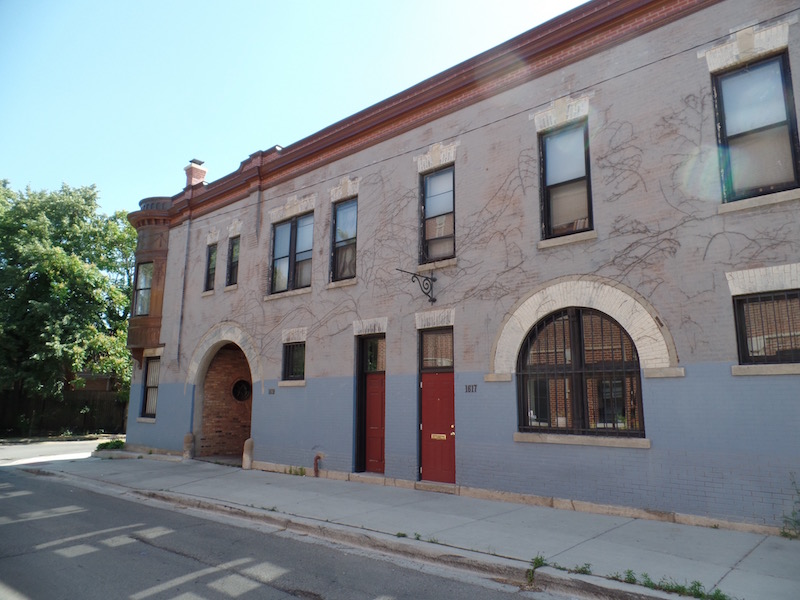
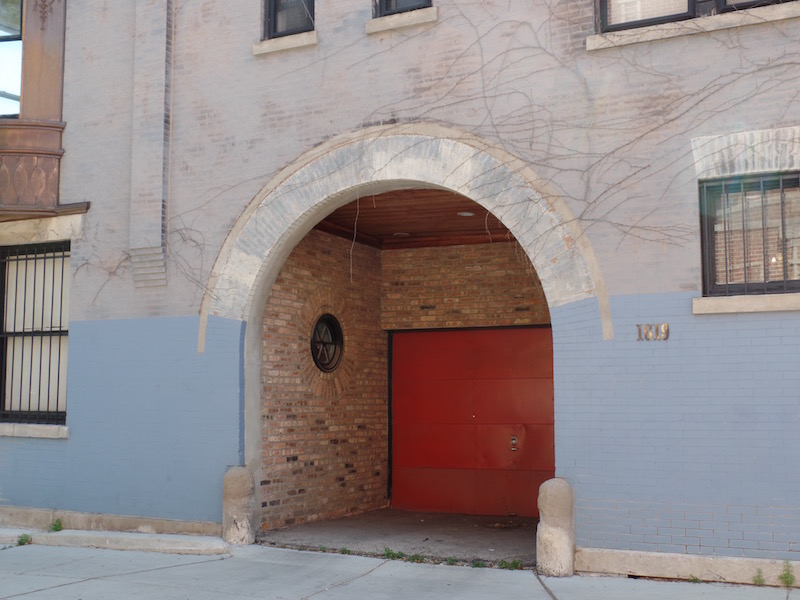
The North Avenue Baths, or Luxor Baths, were public baths in the 1920s. They were reportedly once a hangout for local politicians and wheeler-dealers. It is a reminder of the days when this was a neighborhood of European immigrants traded news from home in the Luxor Baths steam room. Today the building has been transformed into -- what else? -- condos.
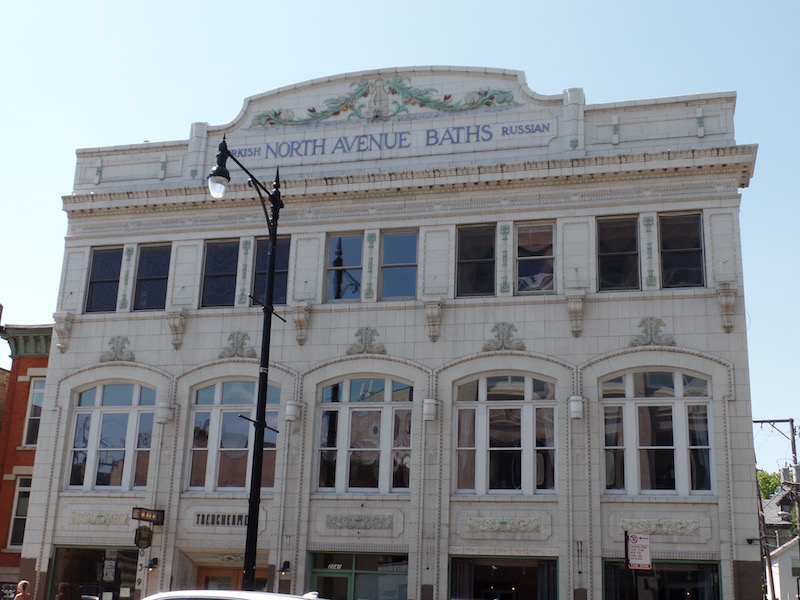
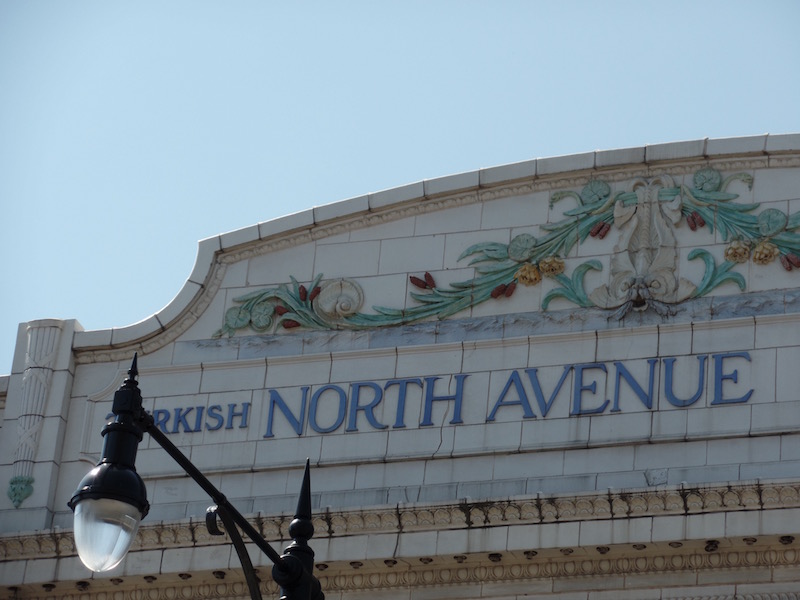
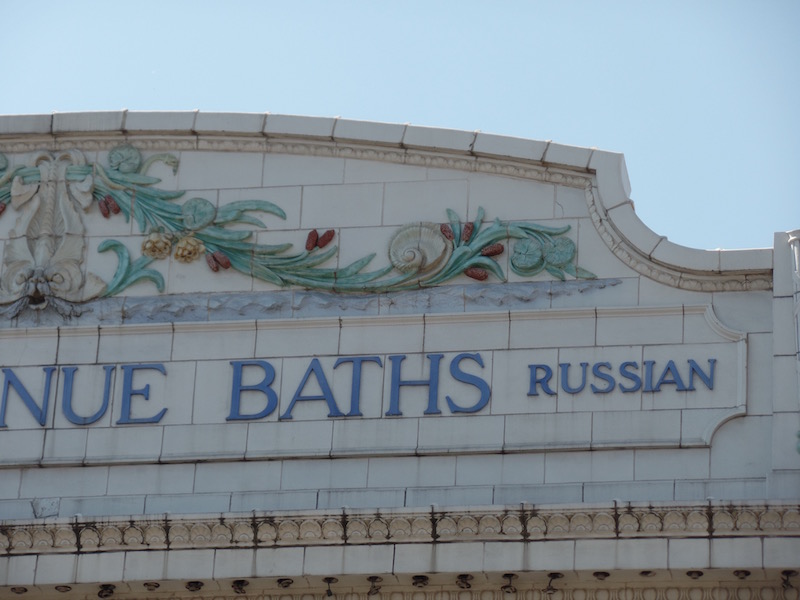
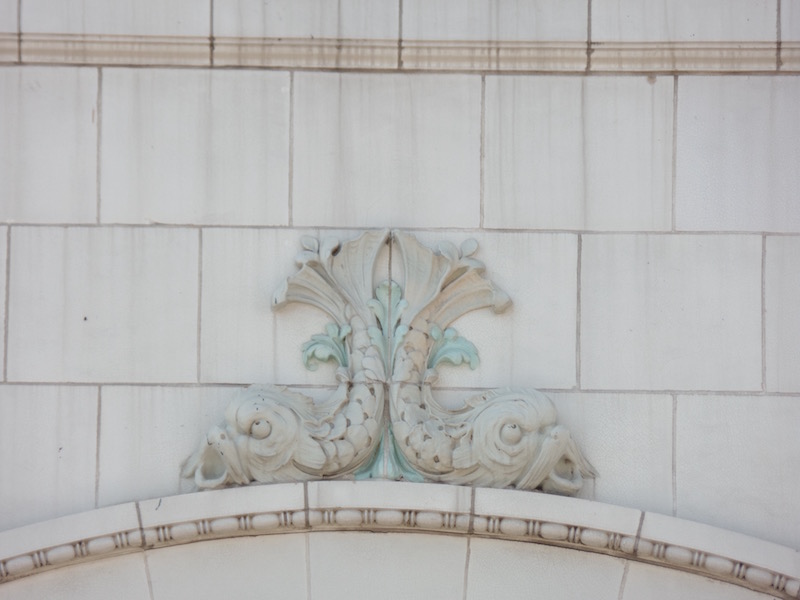
This Romanesque Revival structure, the Dearborn Station, opened May 8, 1885 at a cost of $400 to $500 thousand (equivalent to $10.5 to $13.2 million in 2016). The three-story building's exterior walls and twelve-story clock tower were composed of pink granite and red pressed brick topped by a number of steeply-pitched roofs. Modifications to the structure following a fire in 1922 included eliminating the original pitched roof profile. Behind the head house were the train platforms, shielded by a large train shed. Inside the station were ticket counters, waiting rooms, and Fred Harvey Company restaurants.
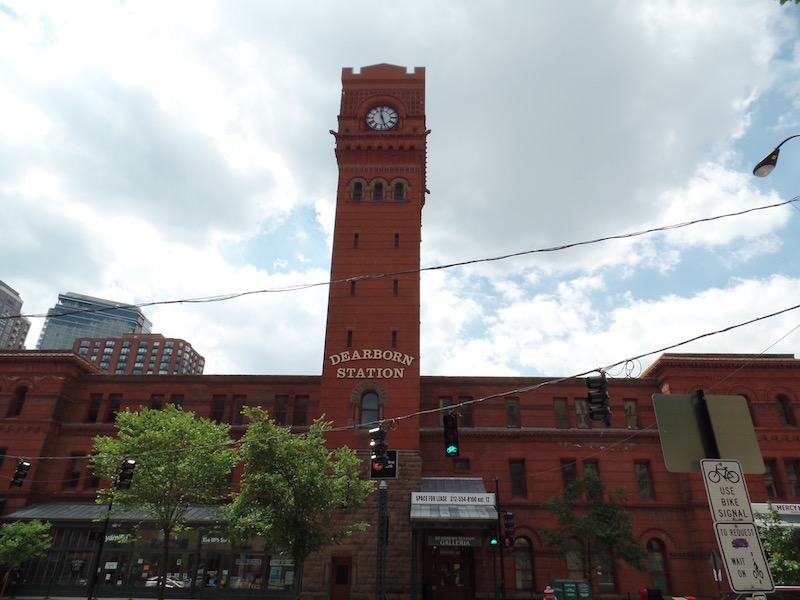
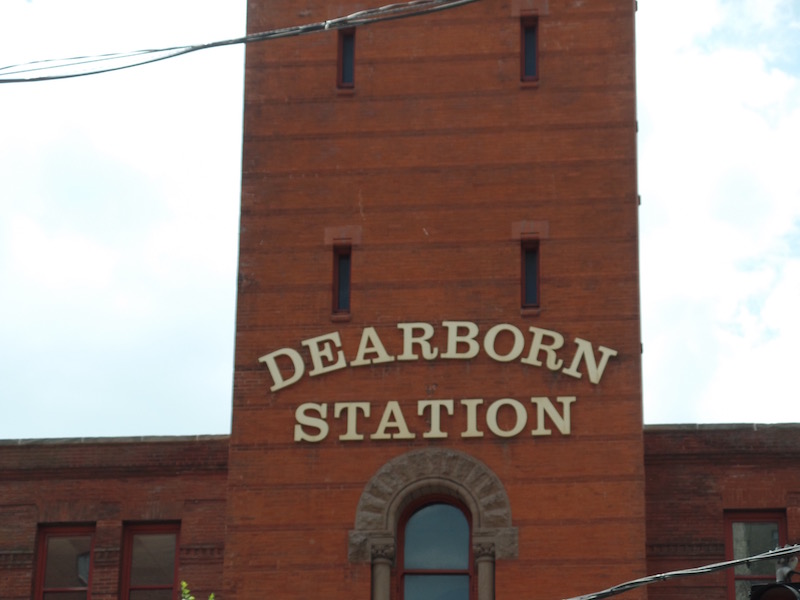
Grant Park is on the southern end of Millennium Park and in 2014, a new skate park opened.
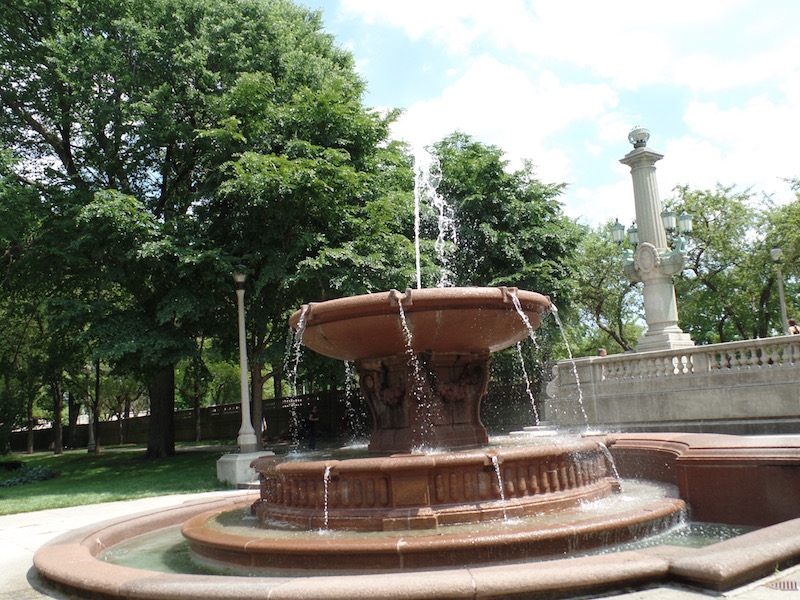
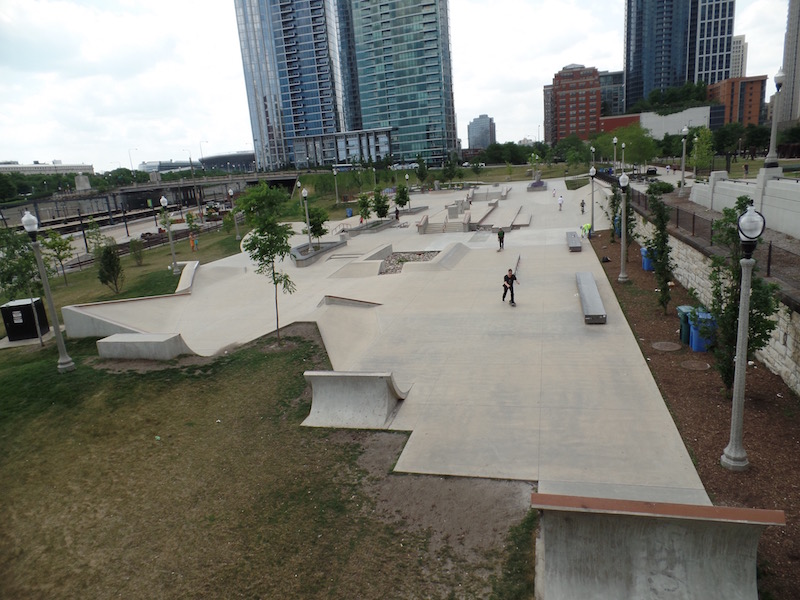
From Grant Park, we could catch a glimpse of Soldier Field, which opened in 1924. Its design is in the Neoclassical style, with Doric columns rising above the East and West entrances. It has been expanded and remodeled multiple times to add seating capacity, skyboxes, and new video technology. You can see the modern grandstands above the original Doric columns.
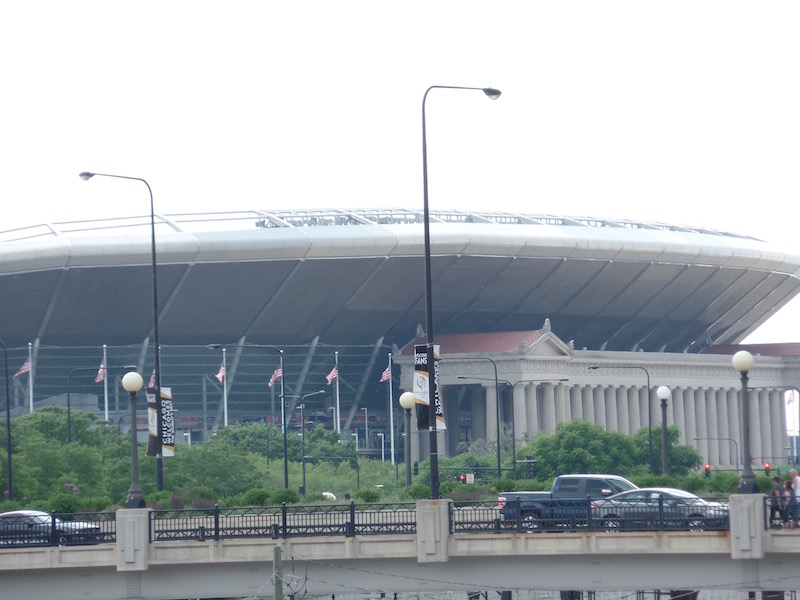
A nice view of the skyline looking North.
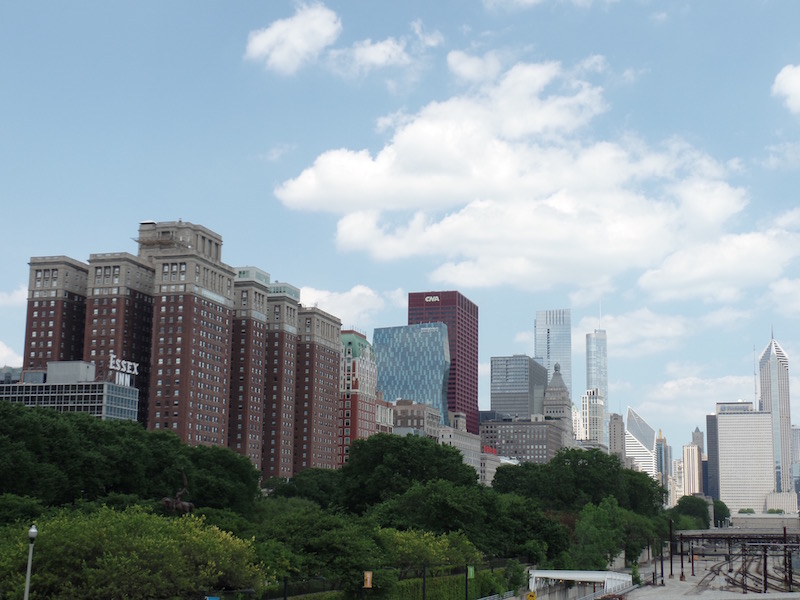
On the southwest side of Grant Park is Agora, one of Chicago's most recognizable and recent installations. Made up of over a hundred, nine-foot tall headless torsos, the sculpture is inspired by a Greek plaza but relates to bustling, high-paced Michigan. The cast iron figures are stationary but are posed in countless directions, symbolizing the idea of going everywhere and nowhere at once.
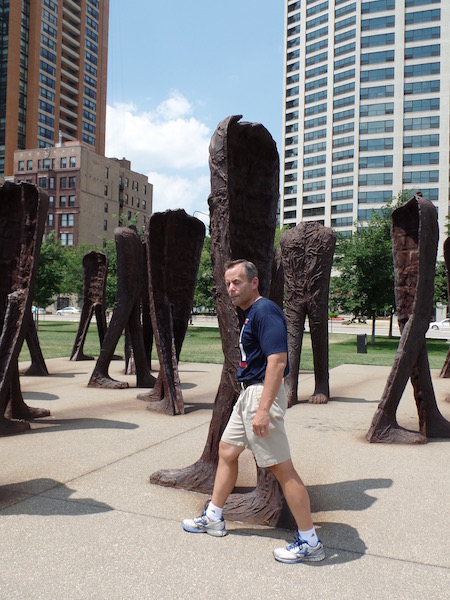
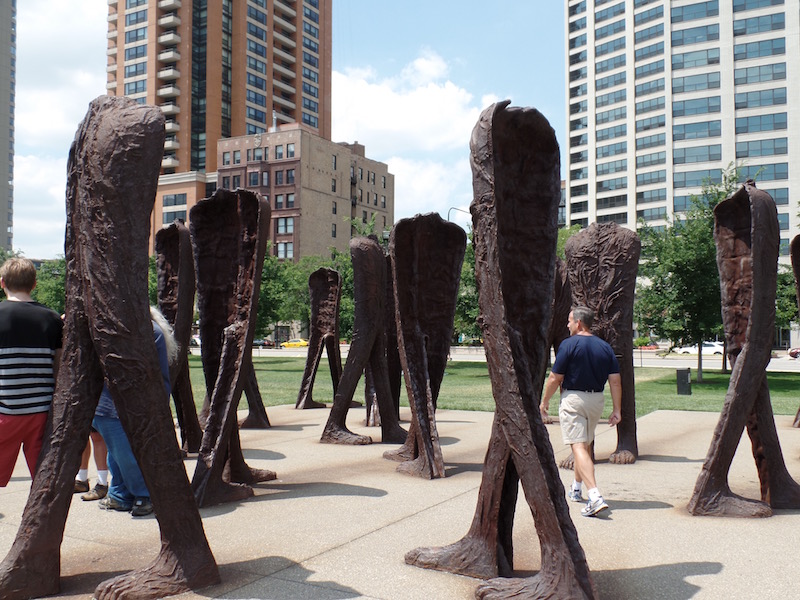
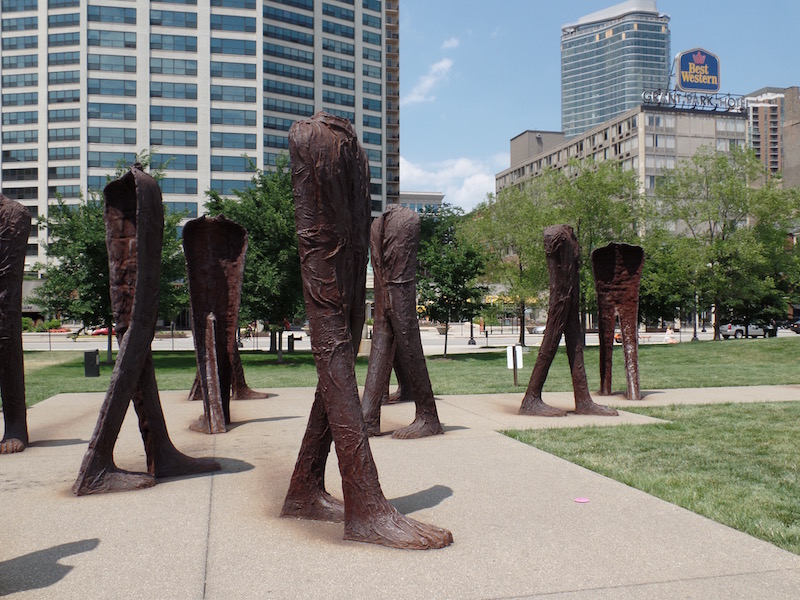
We then headed to Chinatown for lunch. I took a variety of pictures of the area.
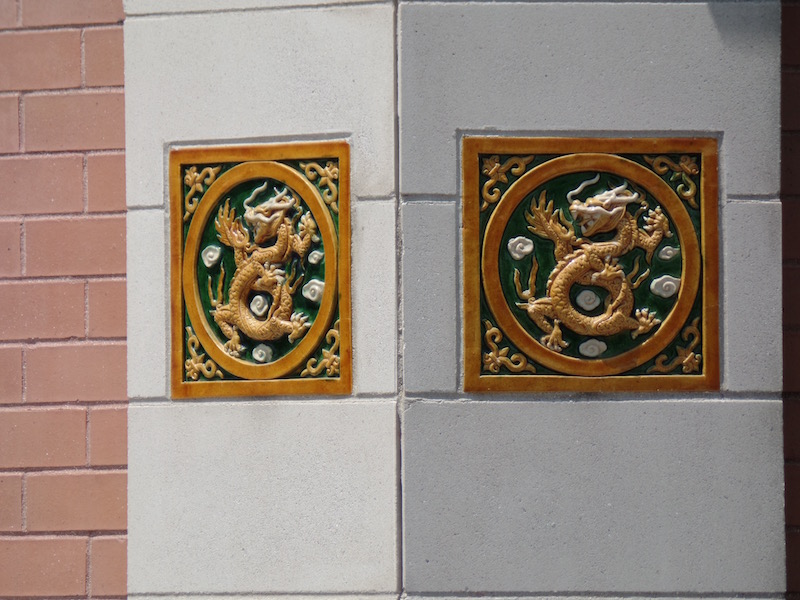
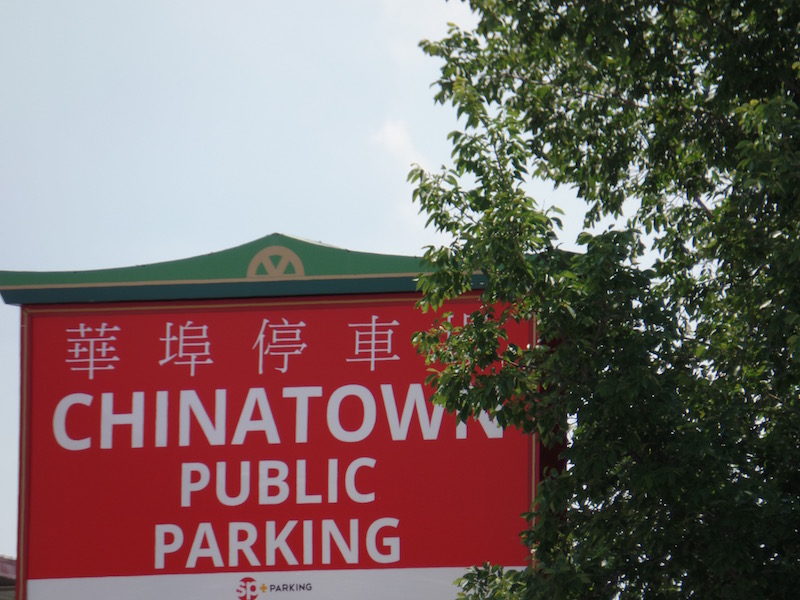
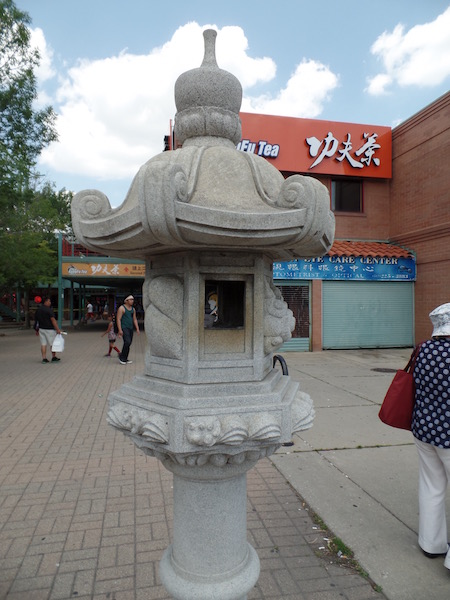
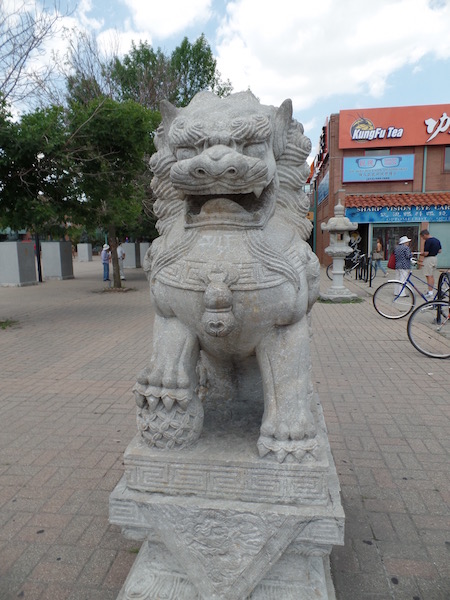
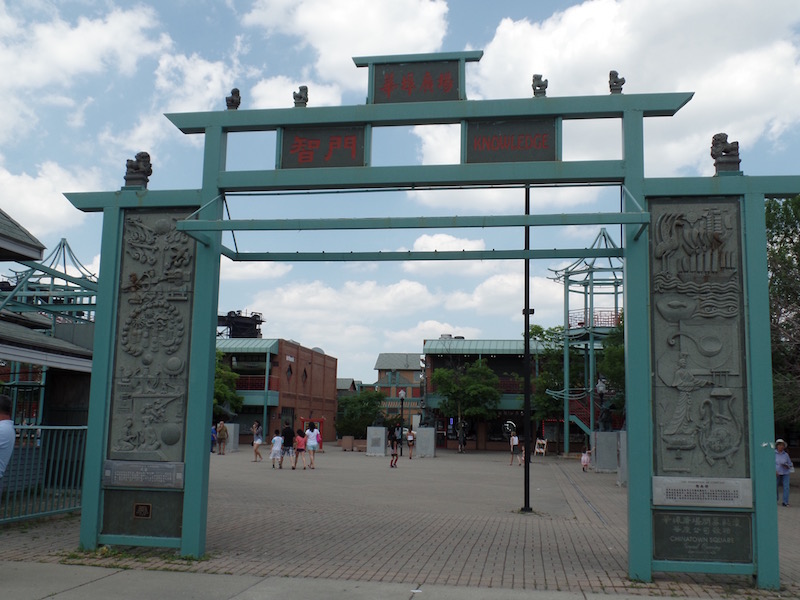
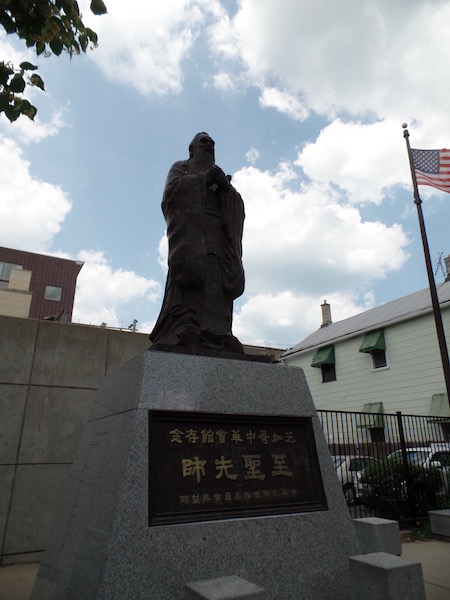
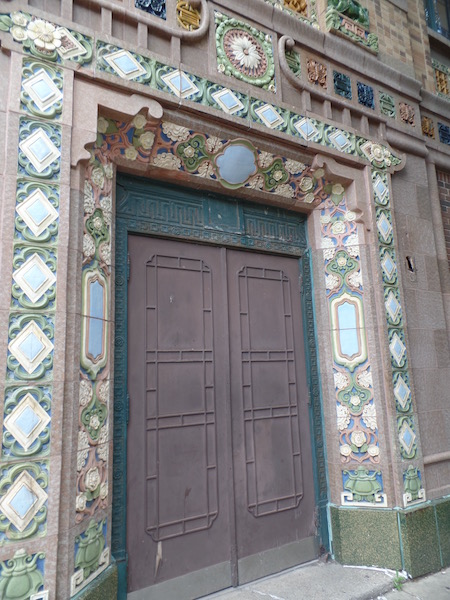
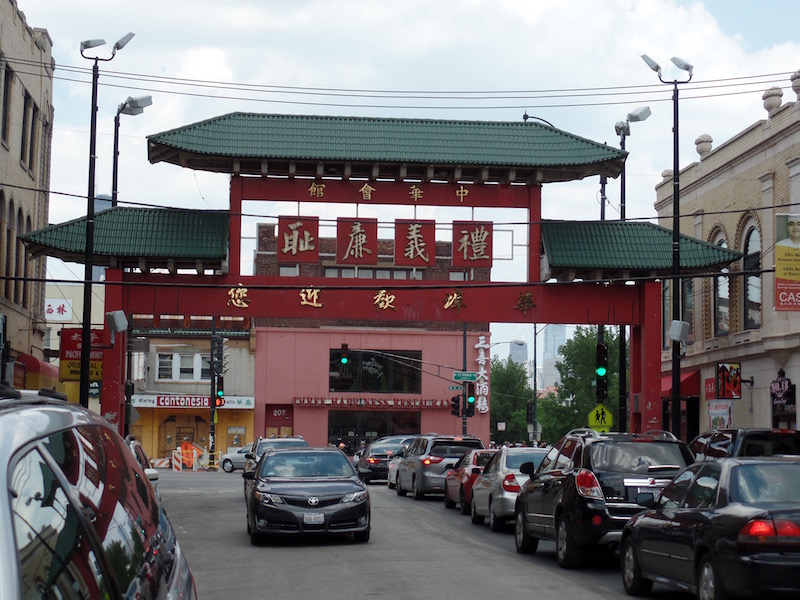
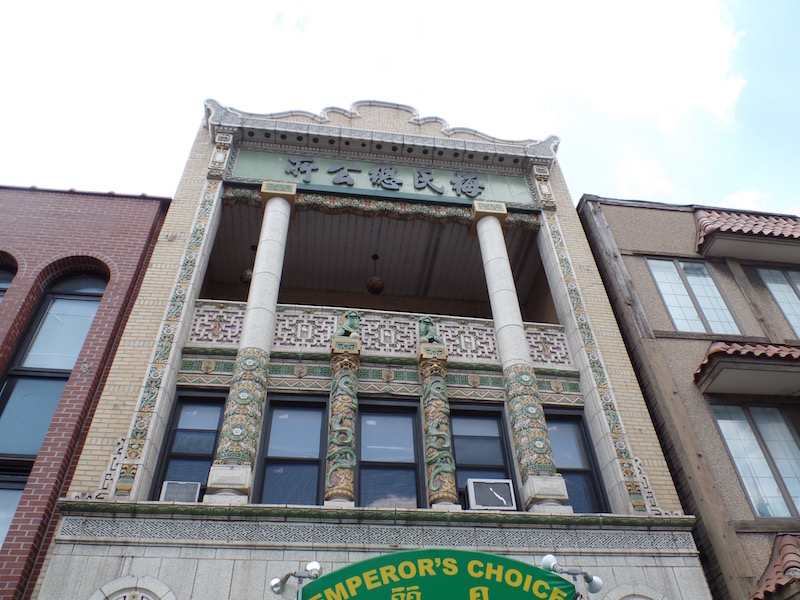
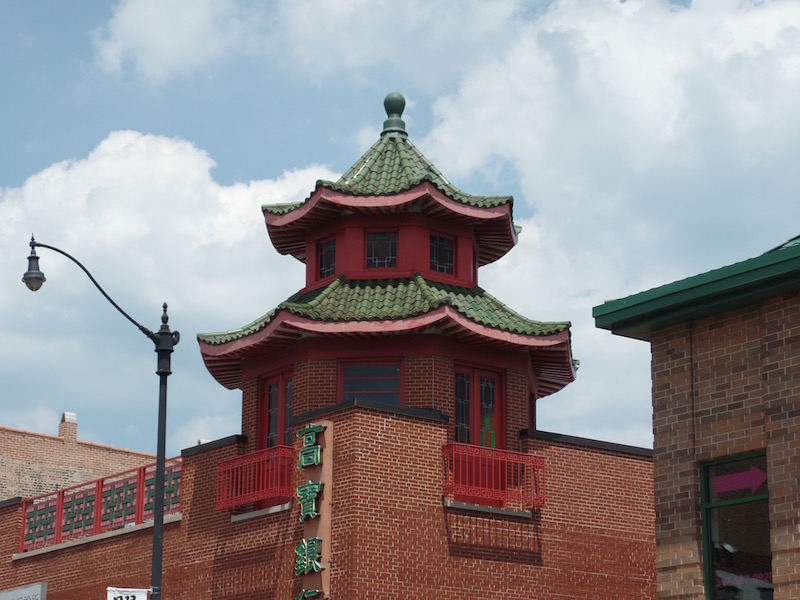
This is the Pui Tak Center in Chinatown. The Pui Tak Center, whose name means "cultivating virtue center", was formerly known as the On Leong Merchants Association Building, was opened in 1928. The Association used it as an immigrant assistance center, and the building was informally referred to as Chinatown's "city hall". In 1988, the FBI and Chicago Police raided the building as part of a racketeering investigation. The US federal government seized the building that same year. The building was purchased by the Chinese Christian Union Church (CCUC) for $1.4 million and renamed the Pui Tak Center in 1993. The CCUC spent $1 million raised from community donations to renovate and update the building's neglected interior. The building's design was typical of the period; however, it featured white tile trim adorned with Chinese dragons and a third floor balcony.
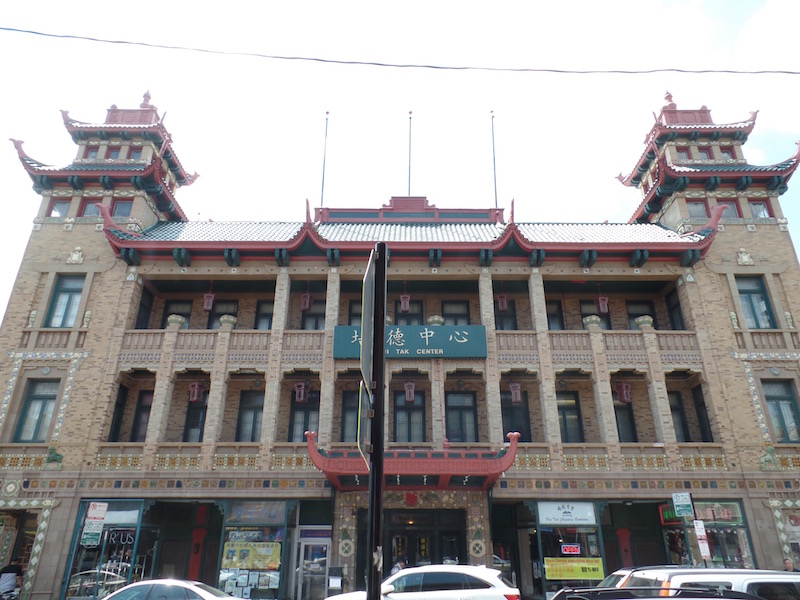
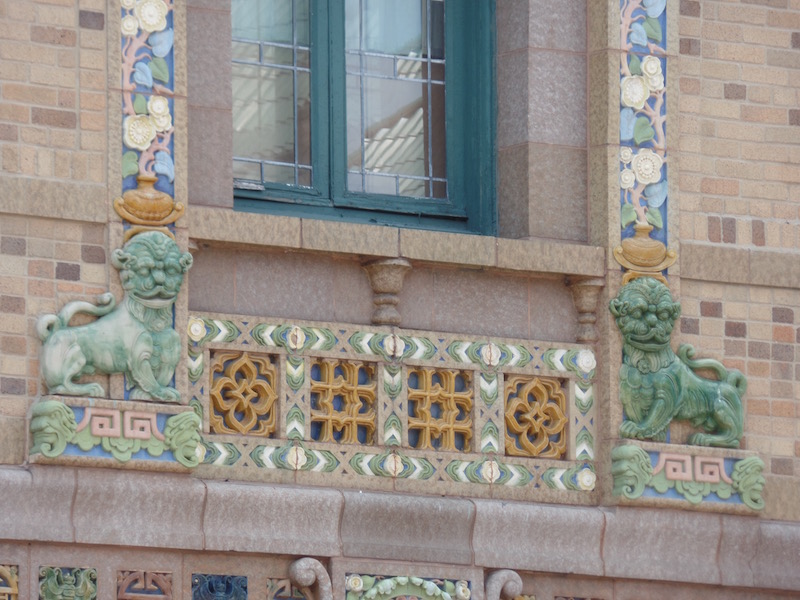
A Nine-Dragon Wall or Nine-Dragon Screen is a type of screen wall with reliefs of nine different Chinese dragons. Such walls are typically found in imperial Chinese palaces and gardens. This wall, built in 2003, it is a miniature reproduction of the wall in Beihai Park, Beijing.
